Writer Notes:
Build from movement, make chapters from what strikes you.
The novel forming scene by scene; that intuition
Take messy note, figure something out later
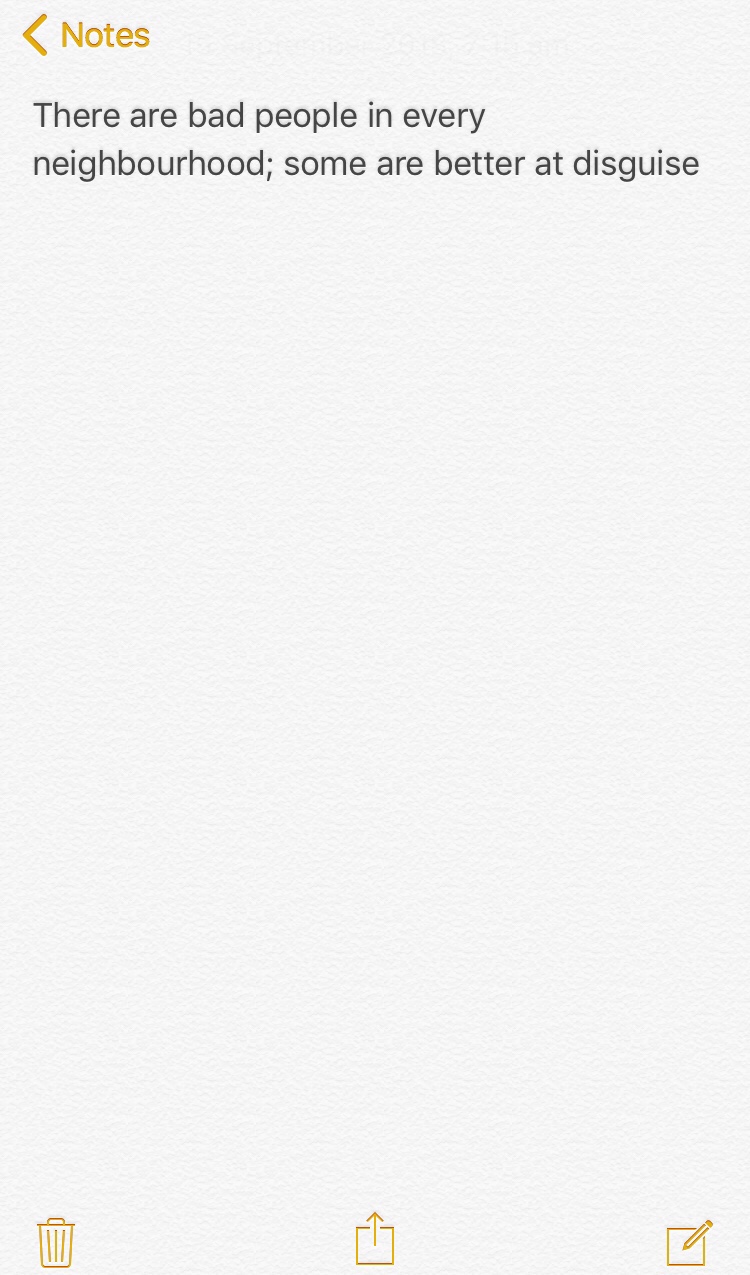

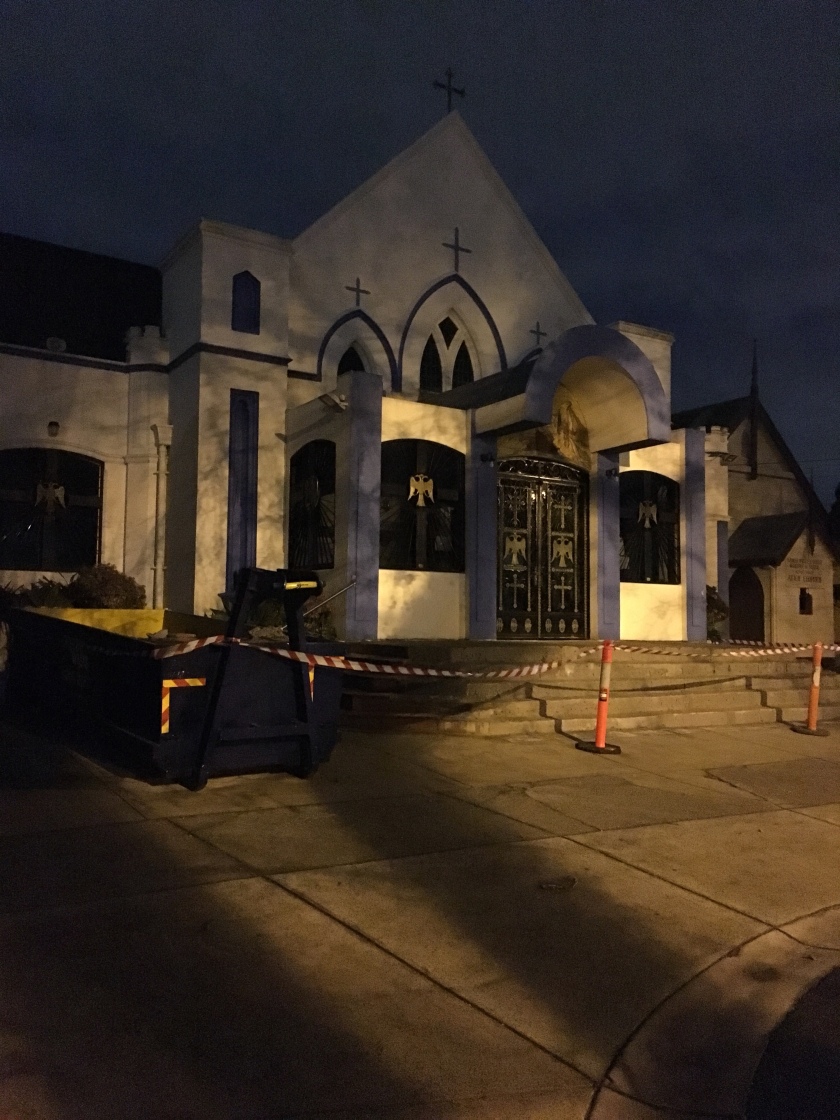
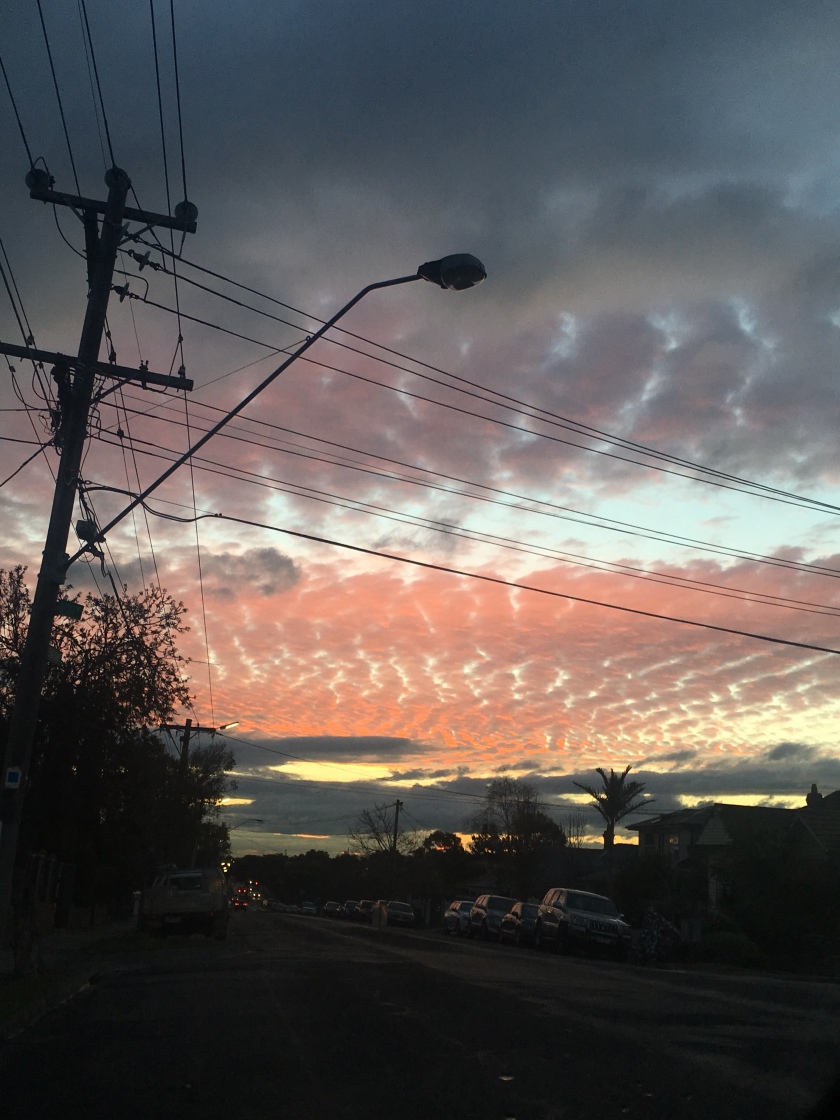
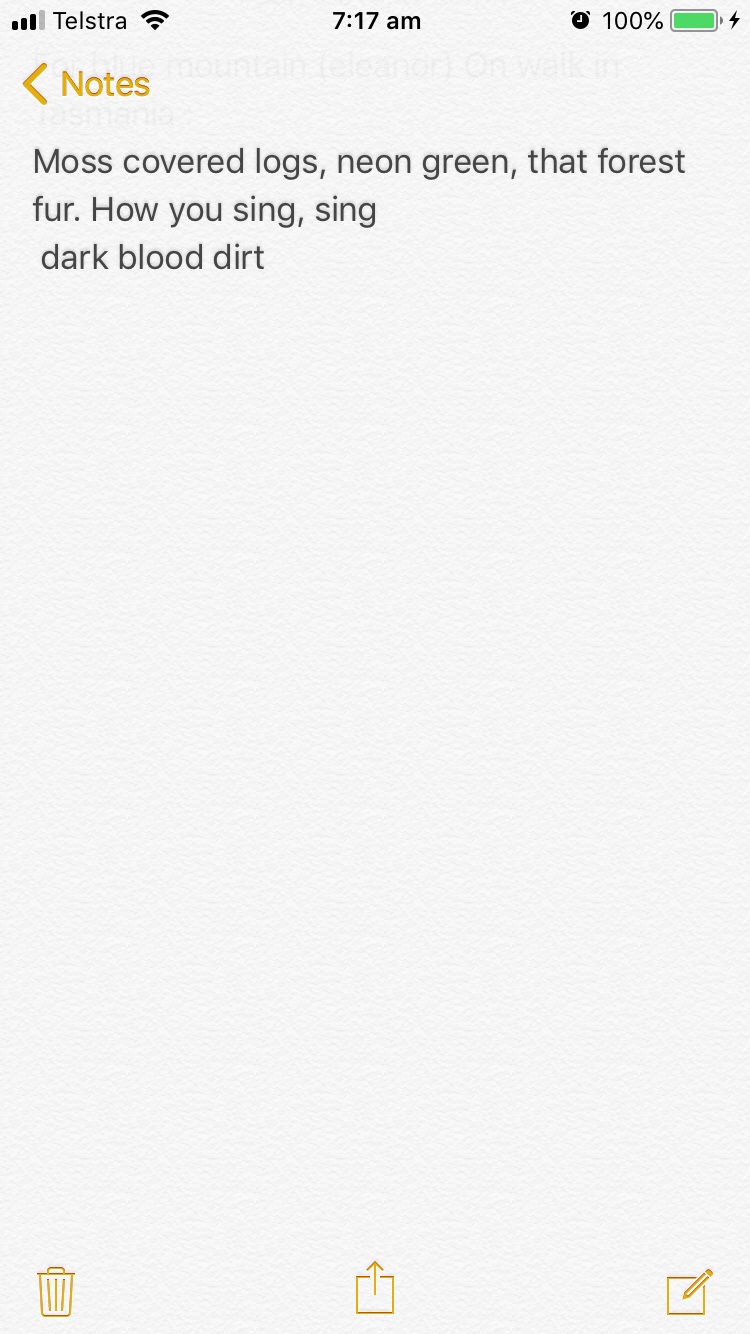
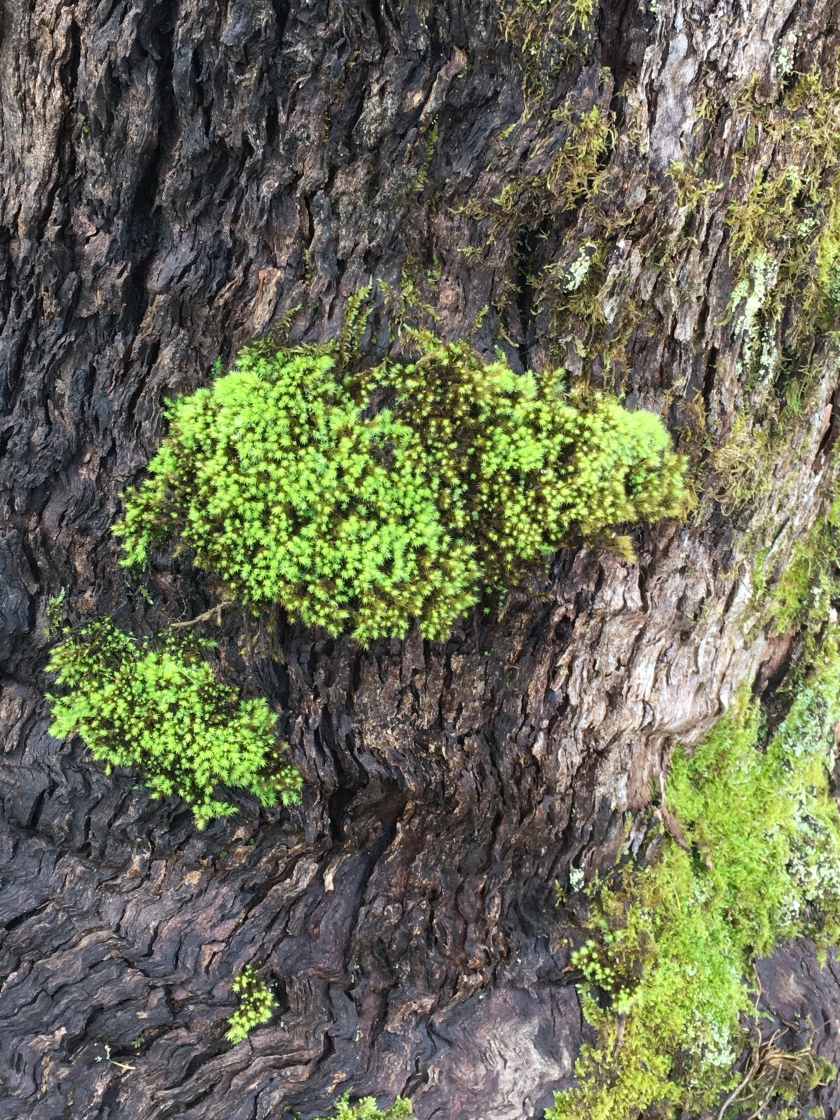
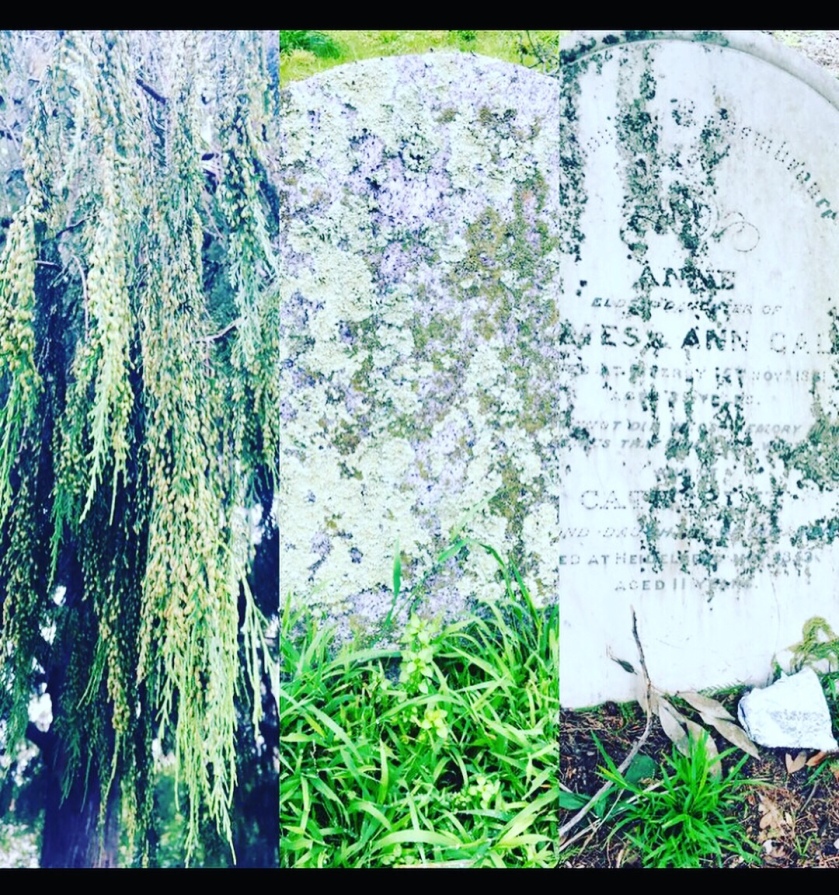

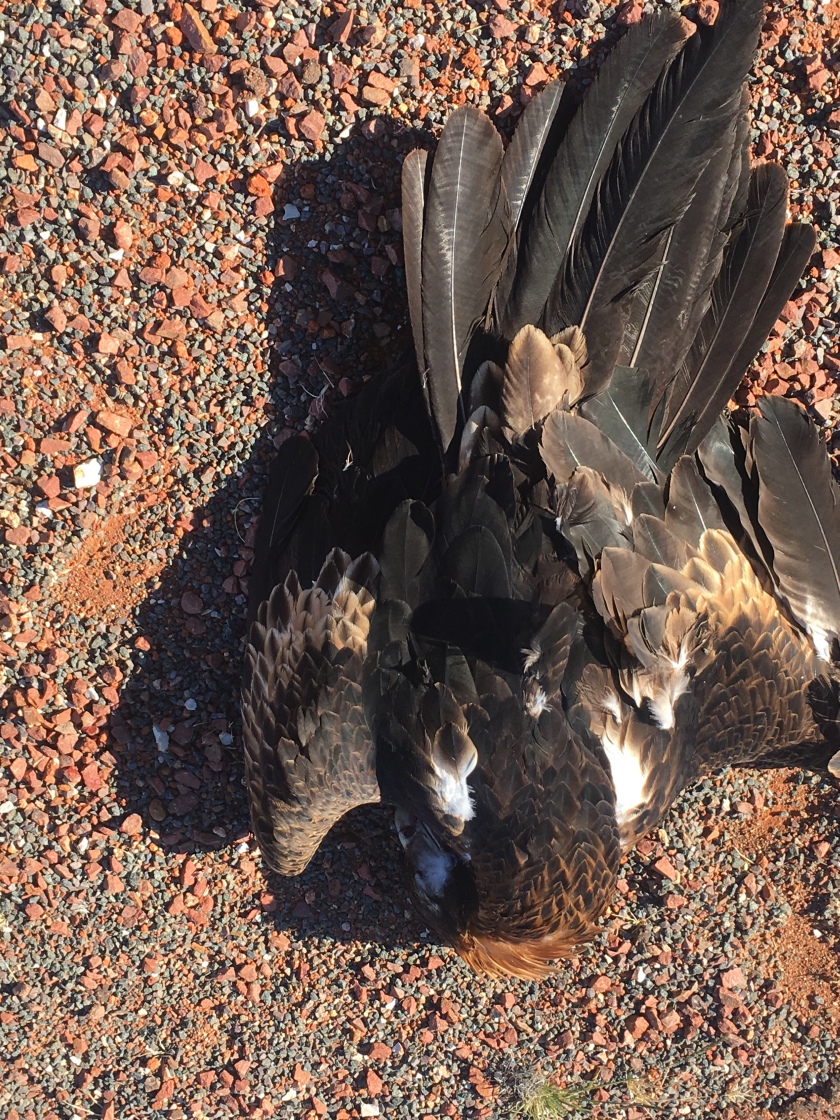
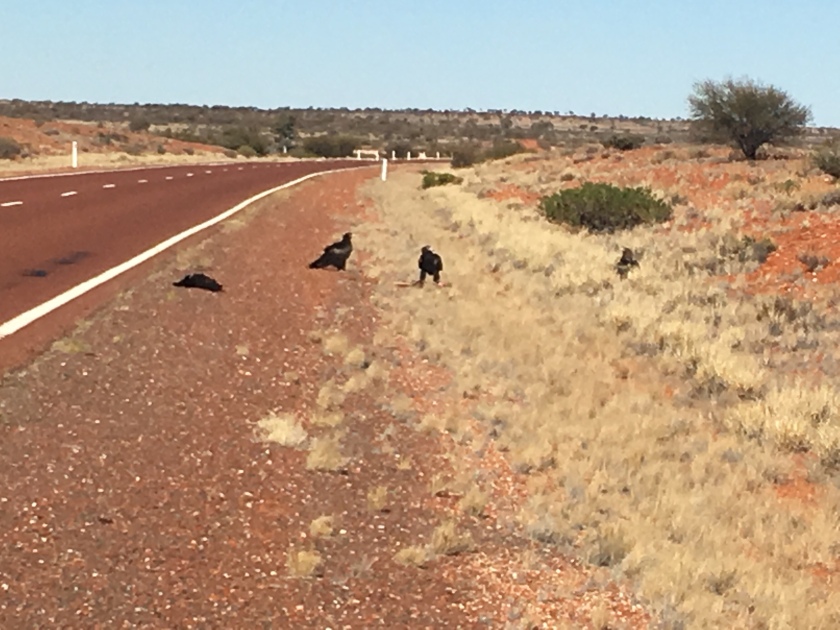
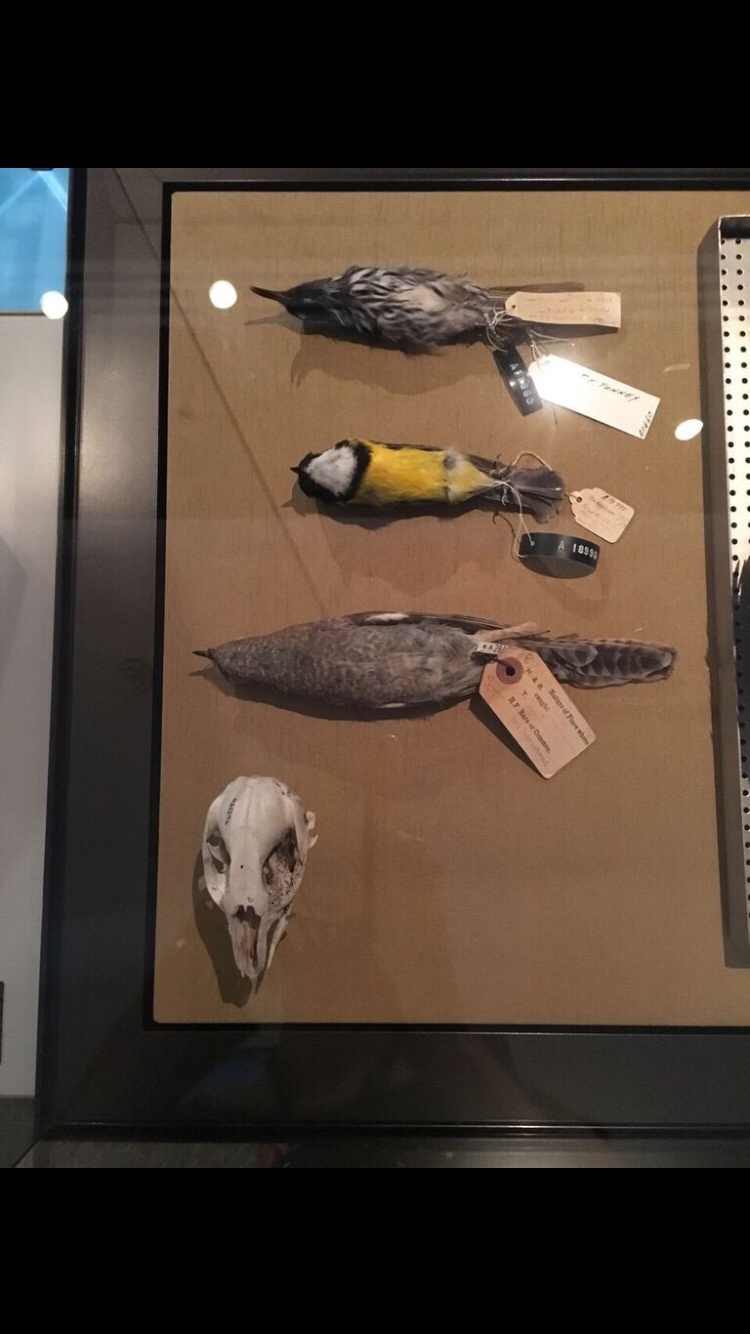
Writer Notes:
Build from movement, make chapters from what strikes you.
The novel forming scene by scene; that intuition
Take messy note, figure something out later











Most times I never know why I’ve chosen something to photograph for my novel until after the fact. That intuition. These past weeks I’ve been in the gut of novel, that space where I only take things in and think only ‘yes’ and ‘no’: would my character do this? would air like this exist in my novel? Is this the texture of fear? Is this the longest night? Is this, is this, is this?
Here are some answers intuition gave:
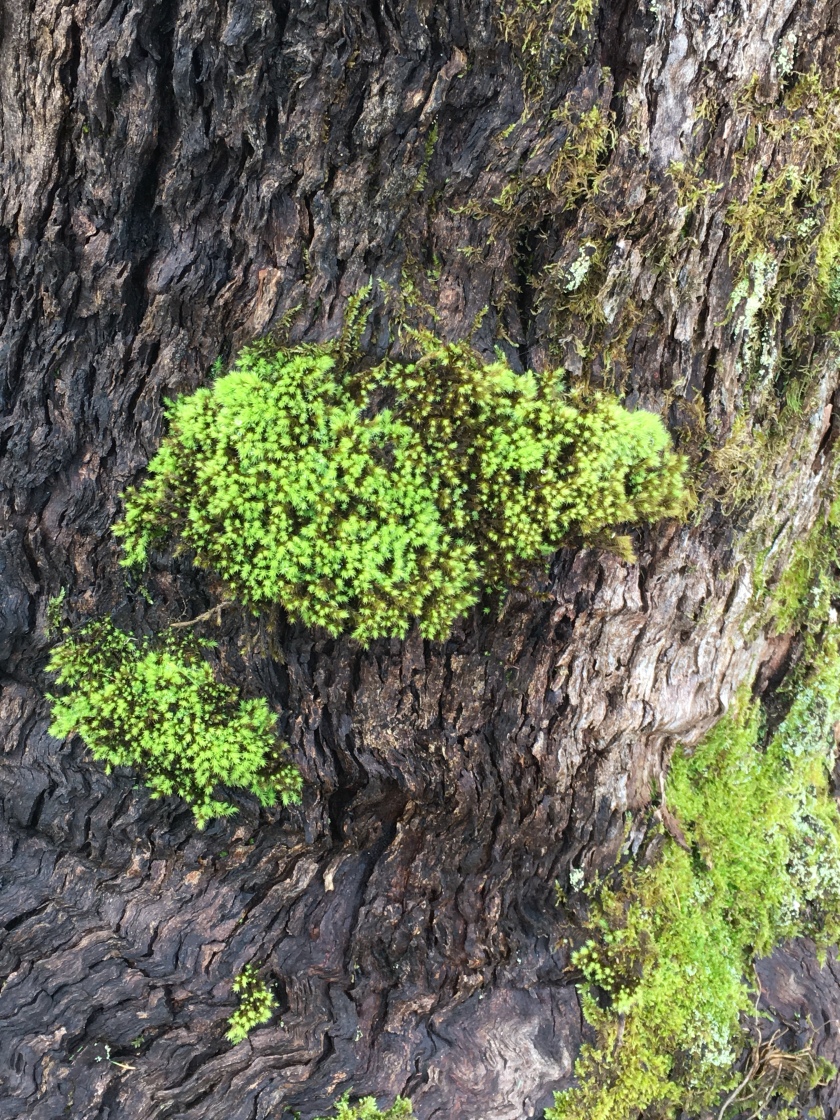

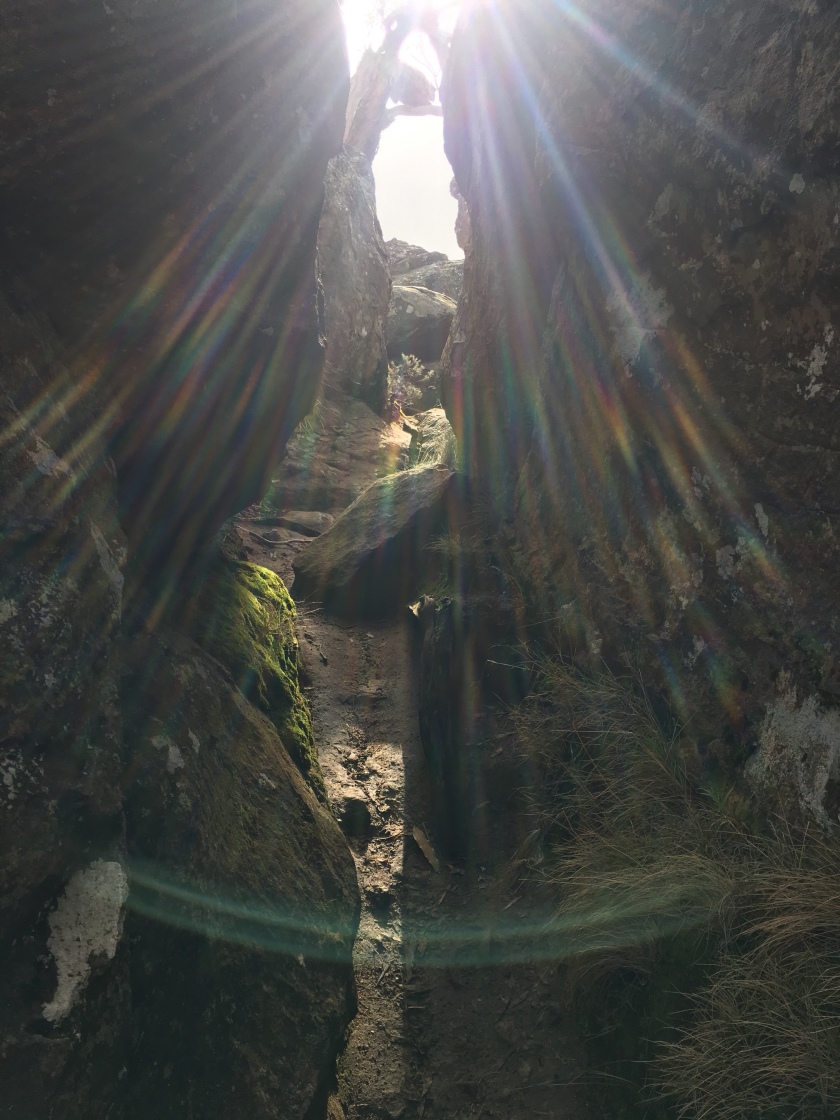
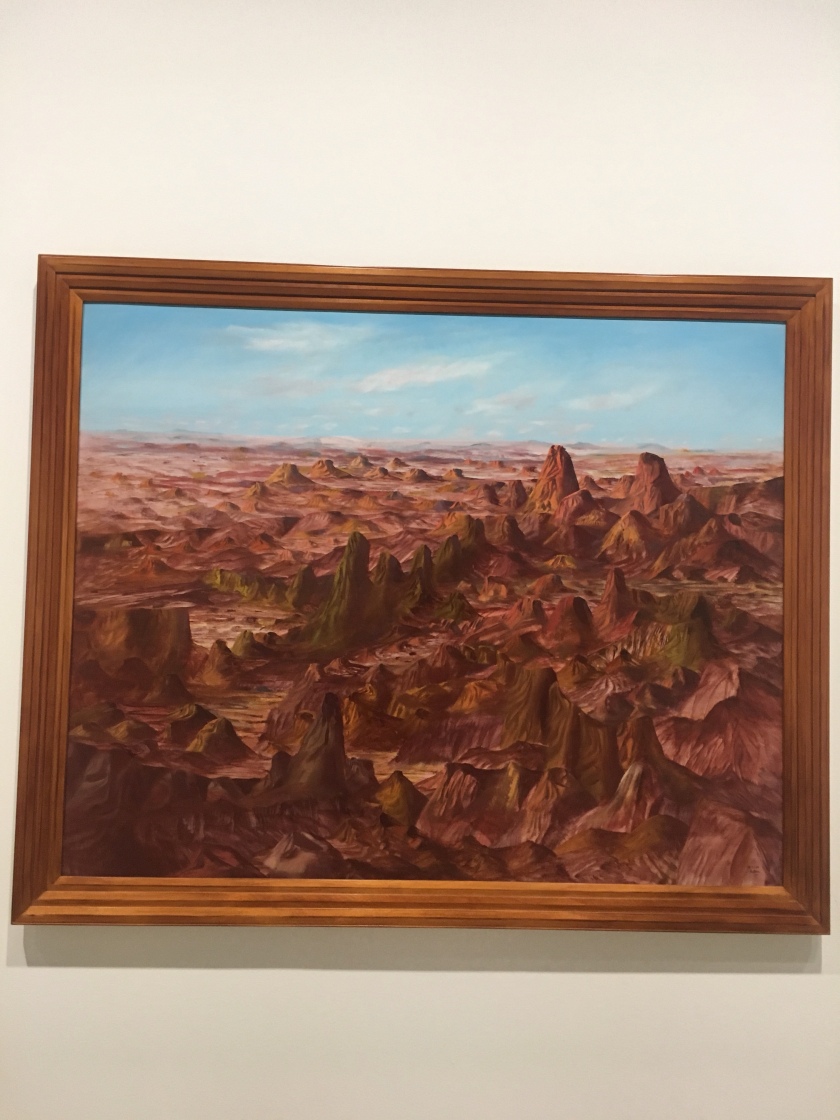

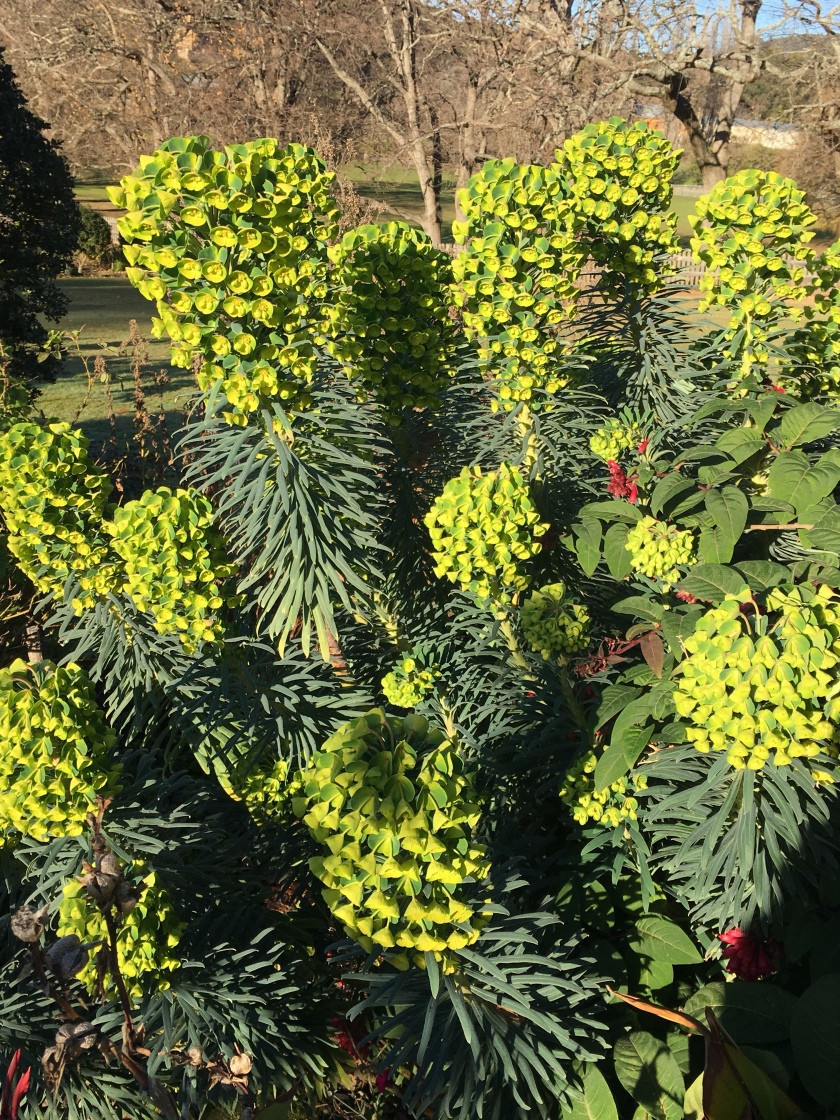
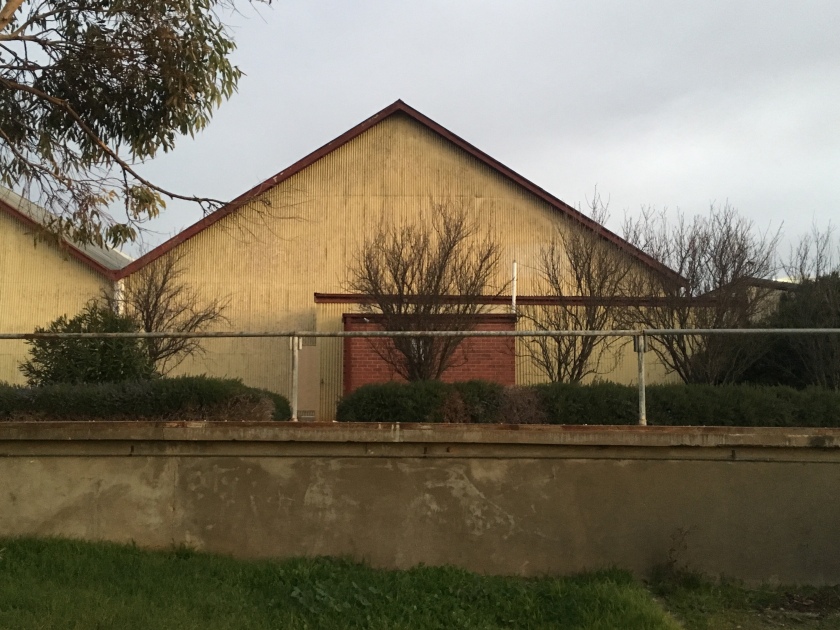

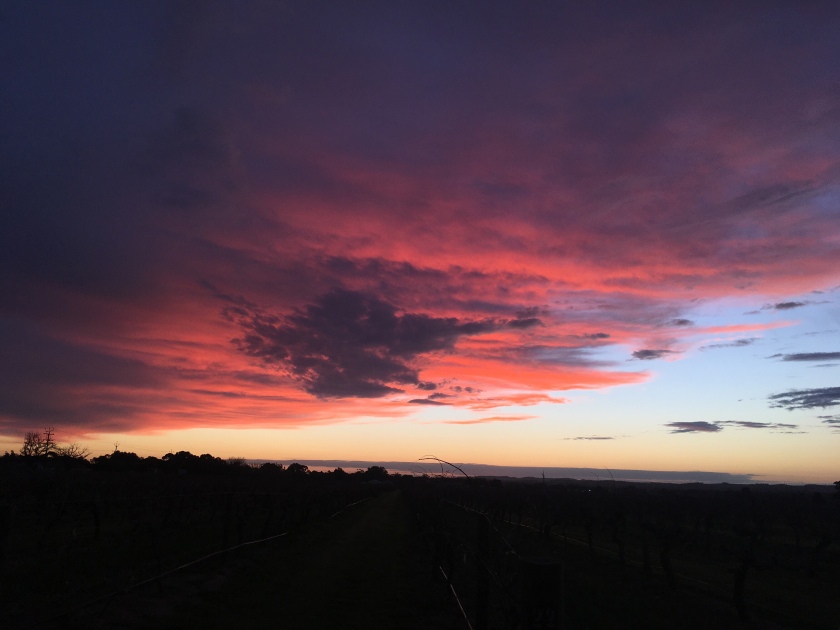
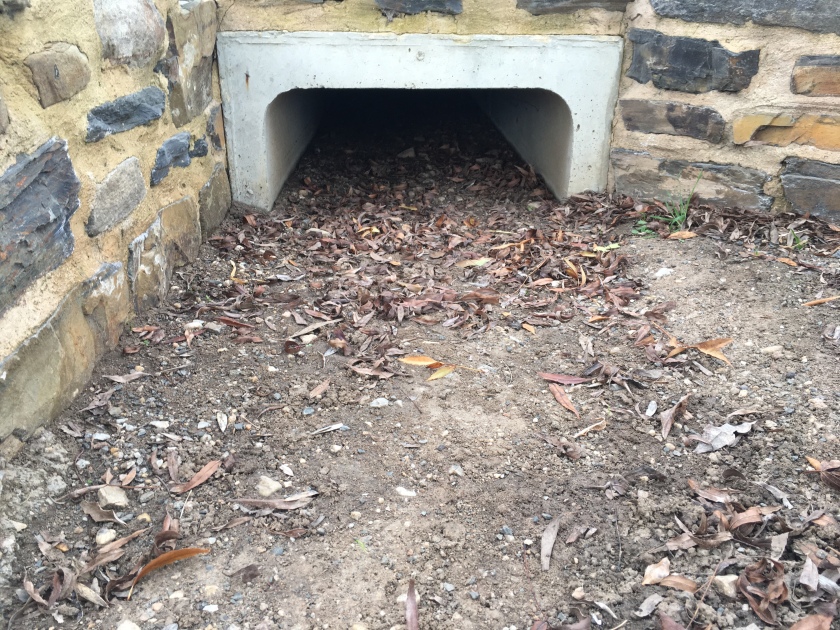


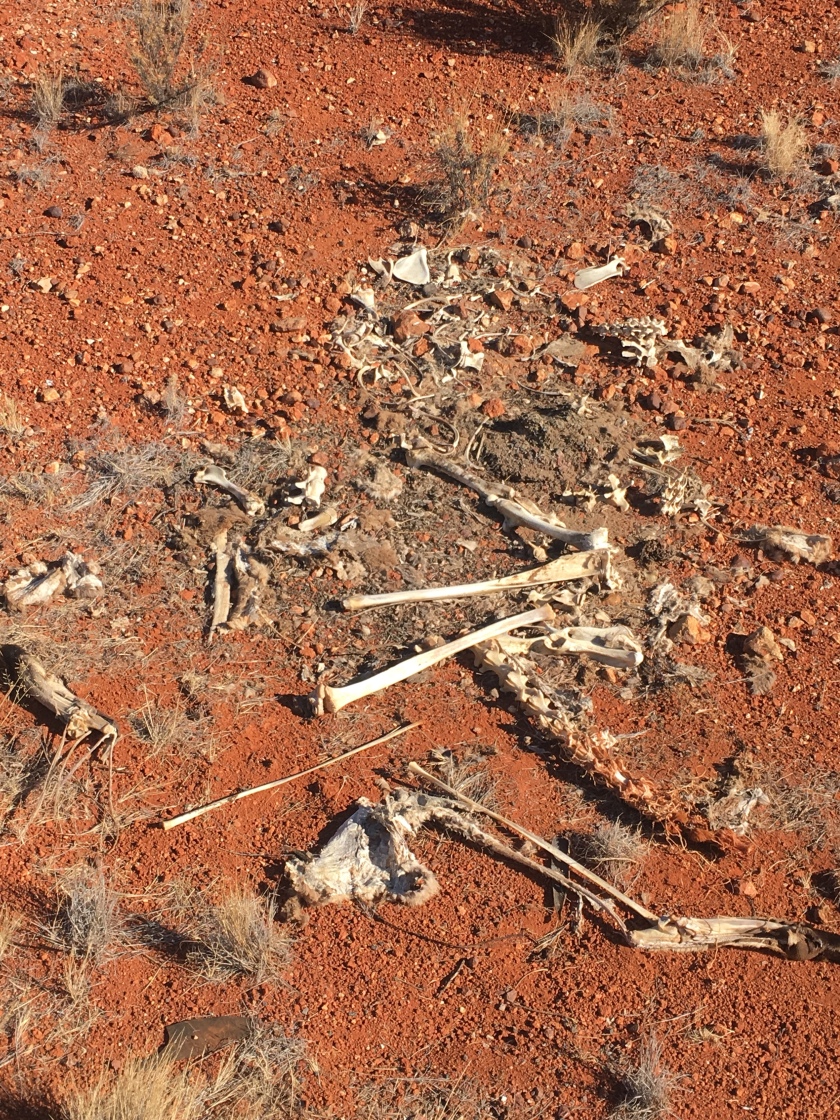
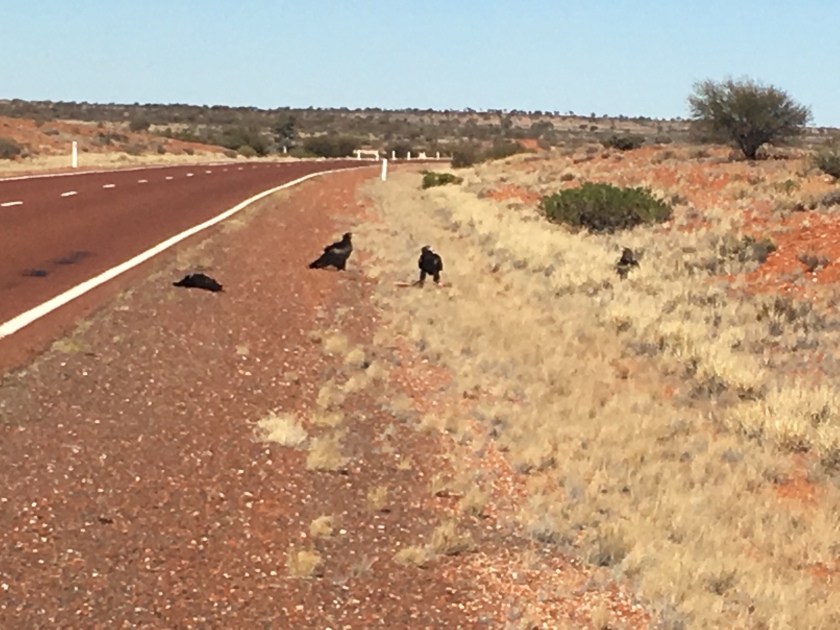

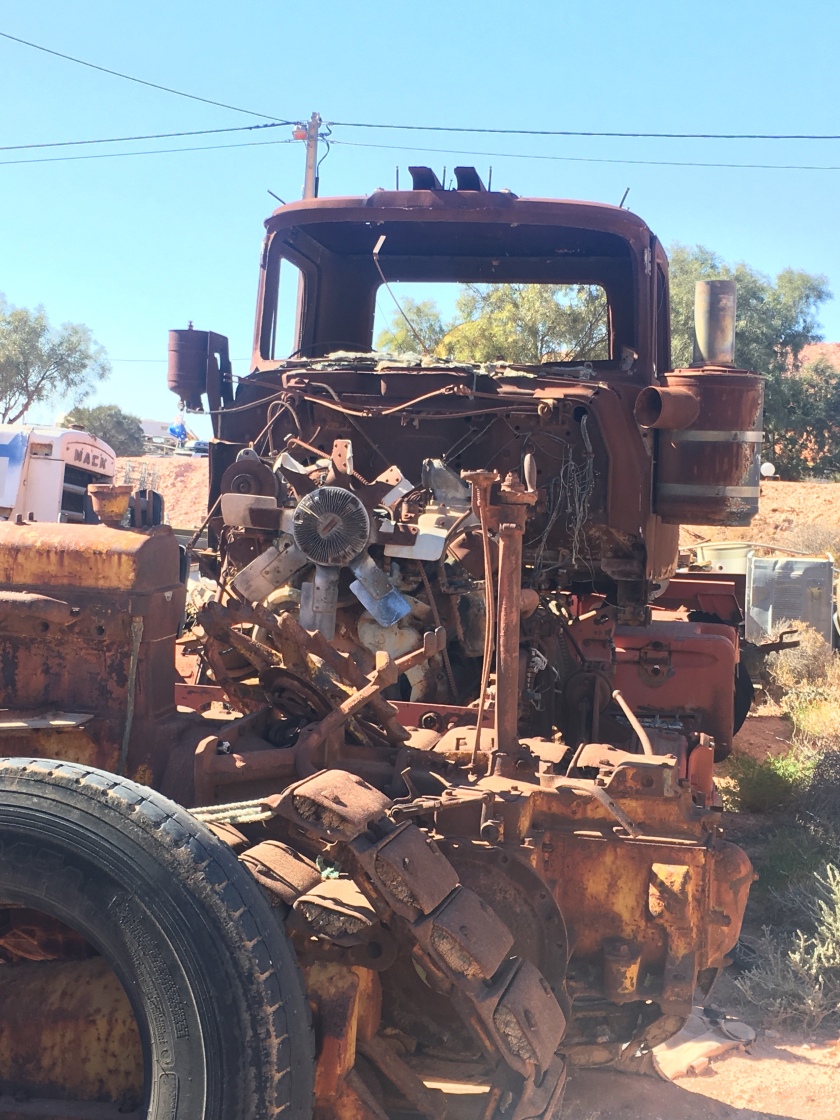
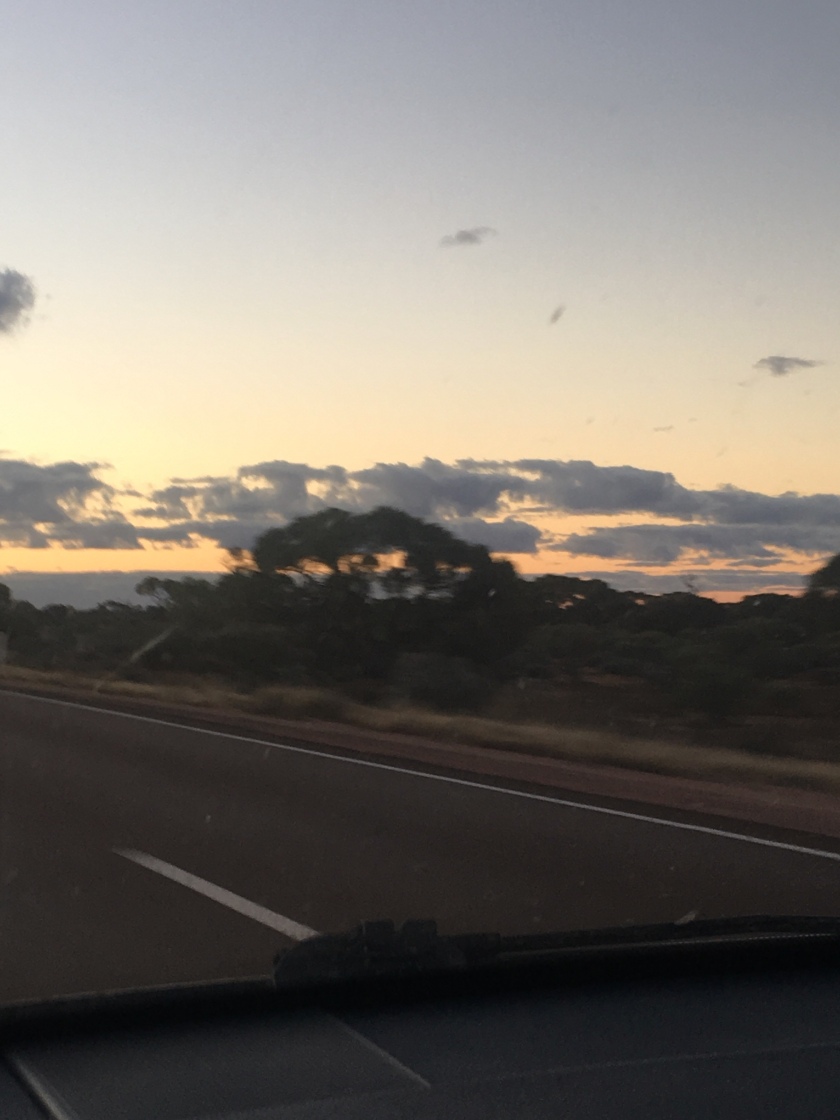

This afternoon I explored the no-public-access belly of the State Library of Victoria in Melbourne. From the basement where they keep rare books (among some of the absolute treasures were several copies of Milton’s Paradise Lost–none of which were a first edition, first print but were early editions ( i.e. second printing from 166something), to the conservation and preservation room, the elephant lift, to a walk on top of the library’s roof. I was in a state of nerdish awe. And at some stage I realised I’d tuned into smells and sounds, begun focussing on small corners and hidden things. I was writing something for the future, those stockpile thoughts.
It was another reminder to keep with curiosity, to keep exploring, keep searching for new ways to present the past. Because to be open to experience is to give yourself a future. Give yourself something to write about.
And so to the stockpile:

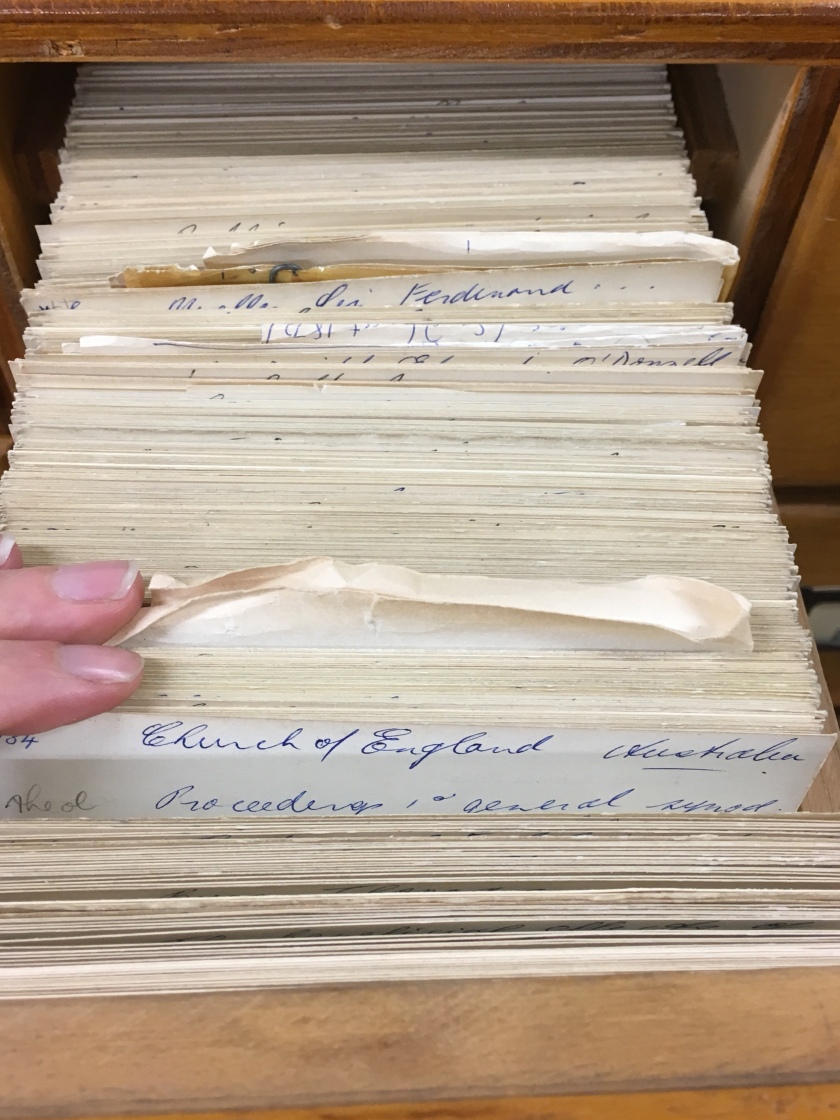






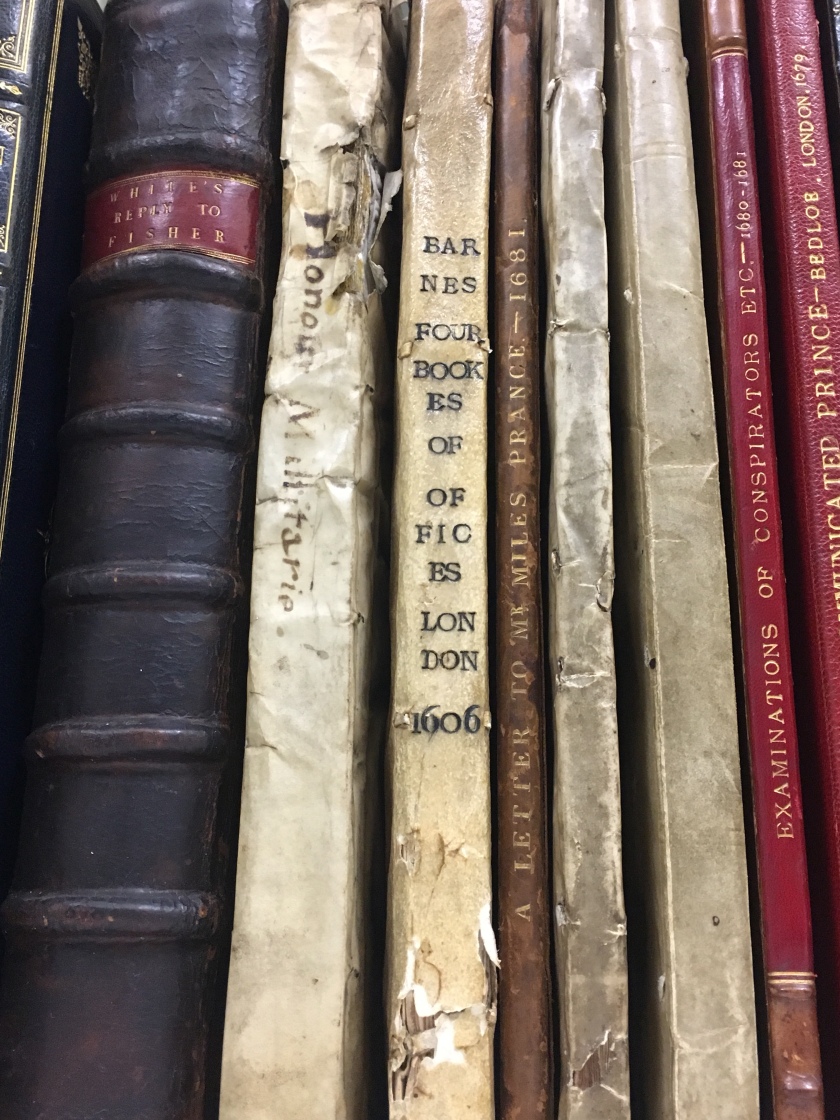
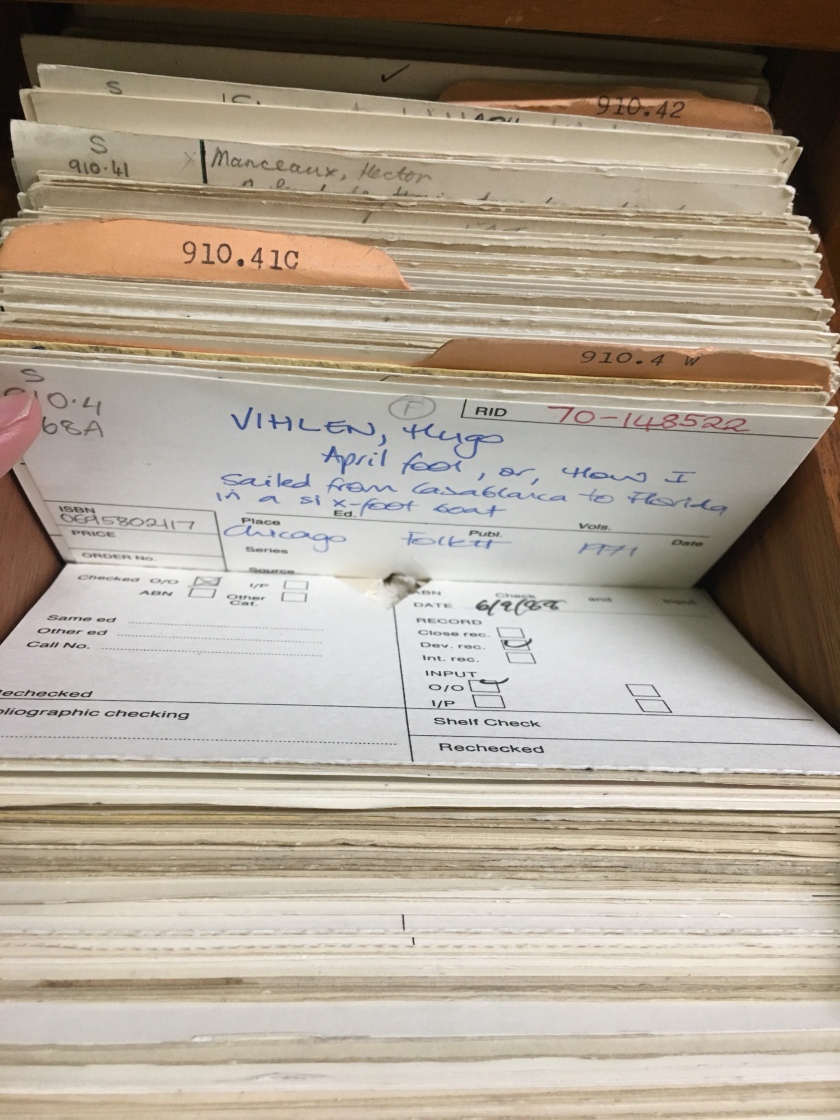
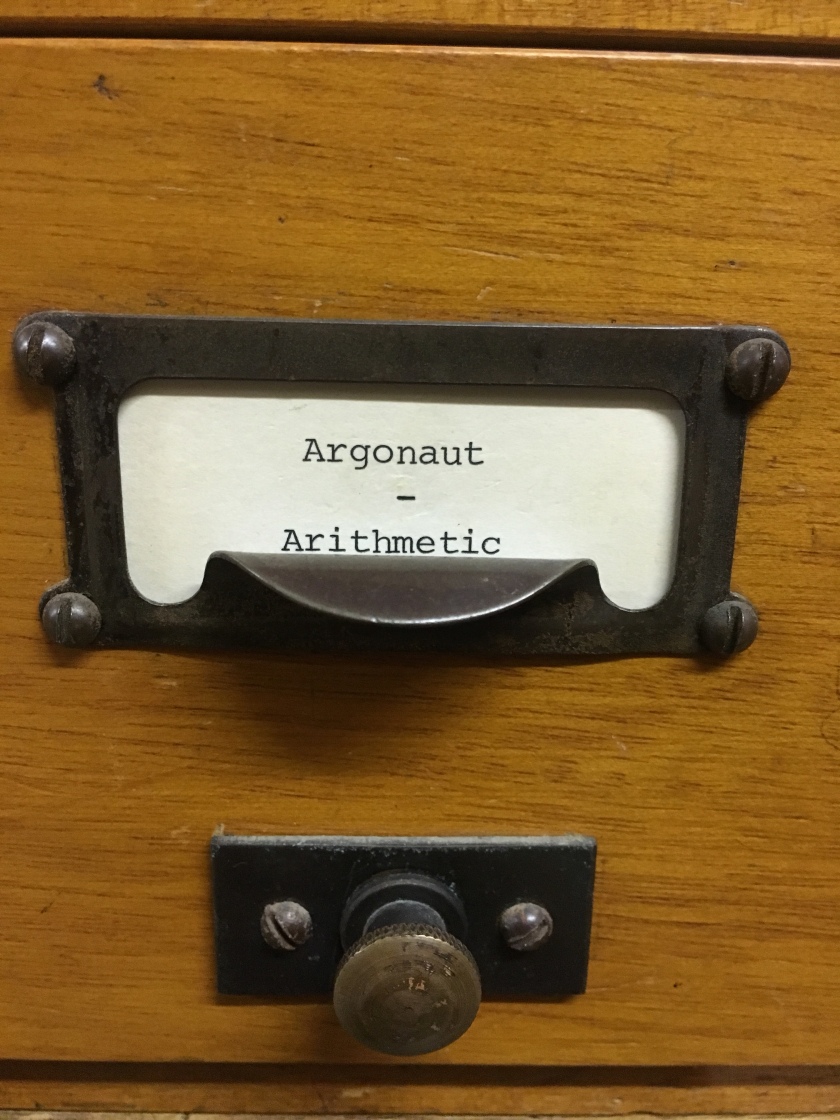
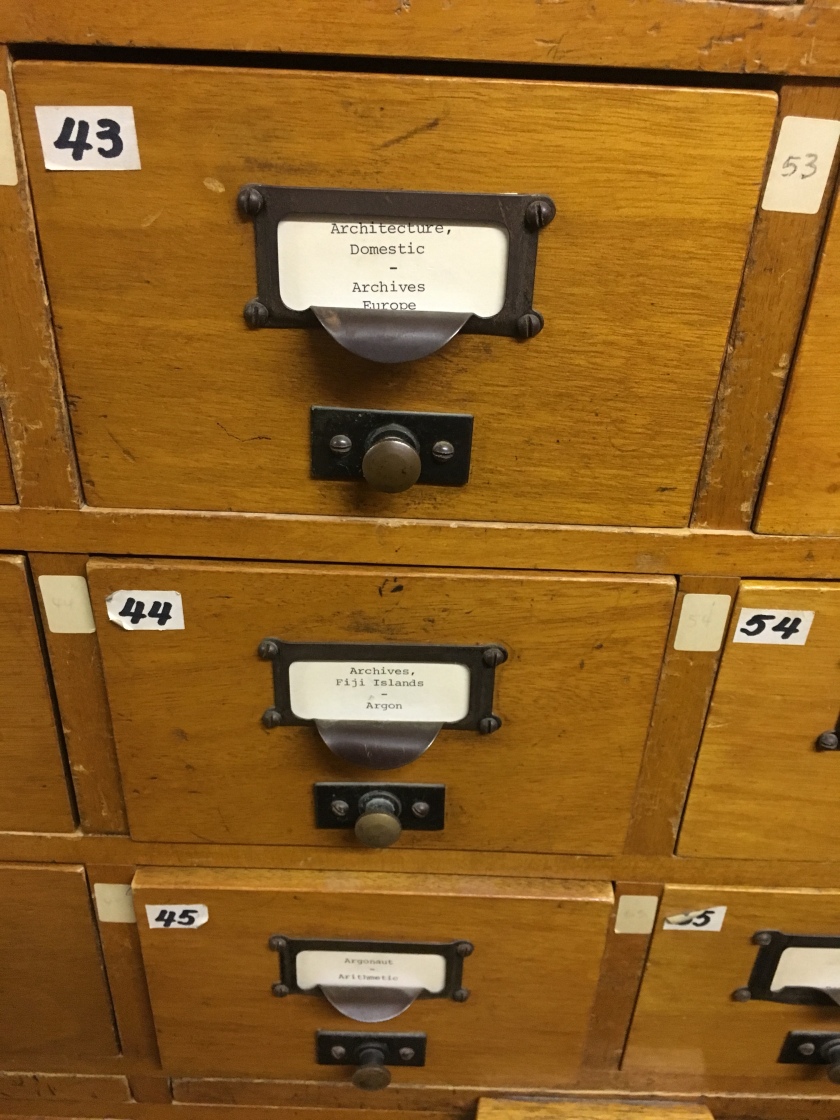




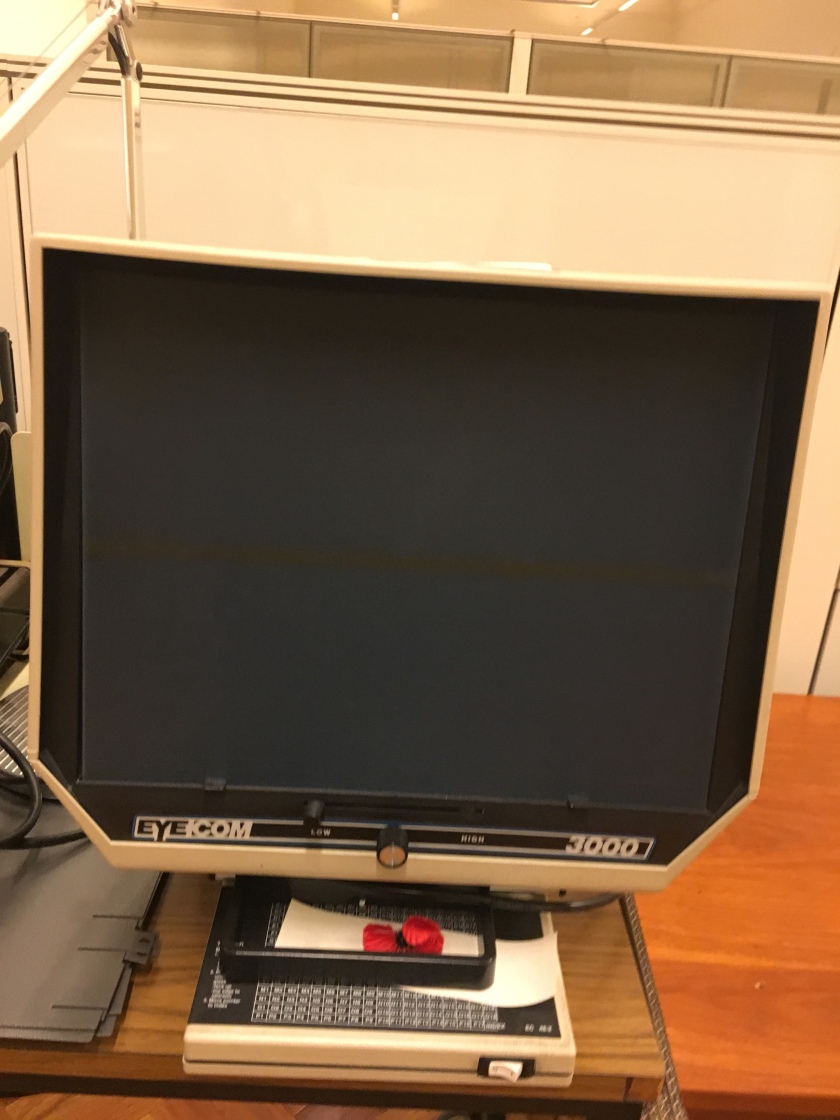
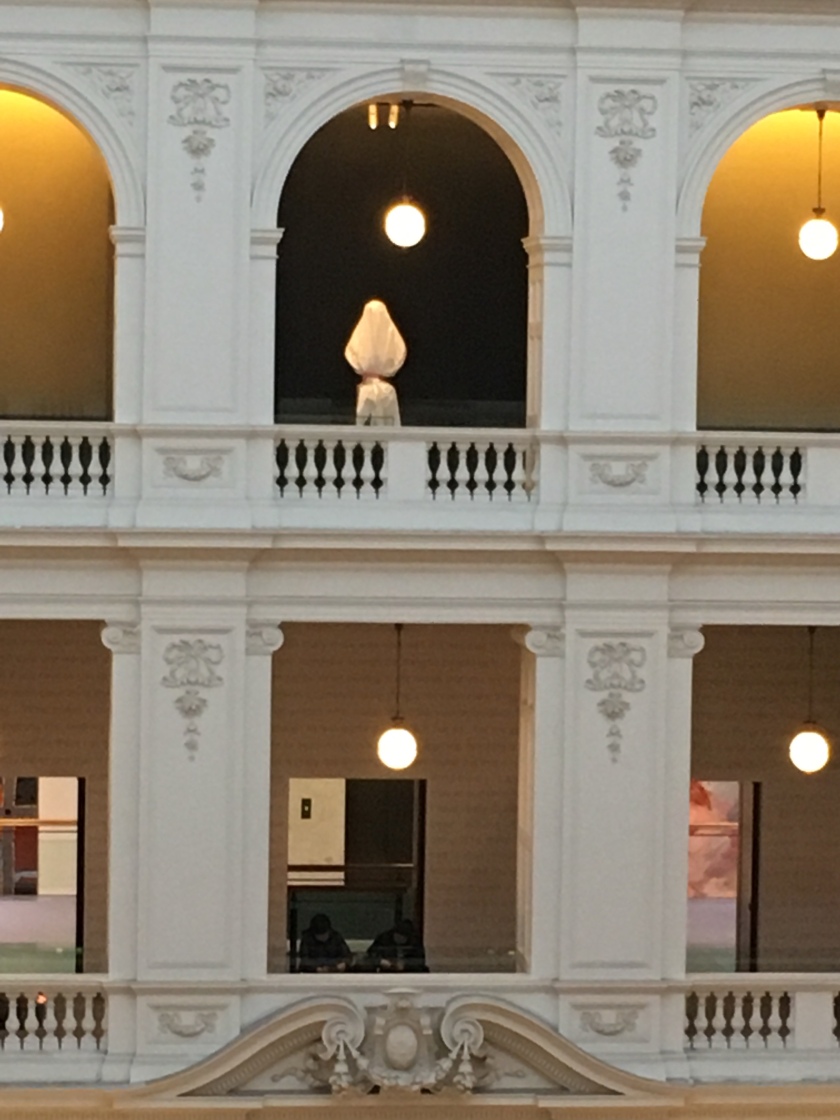

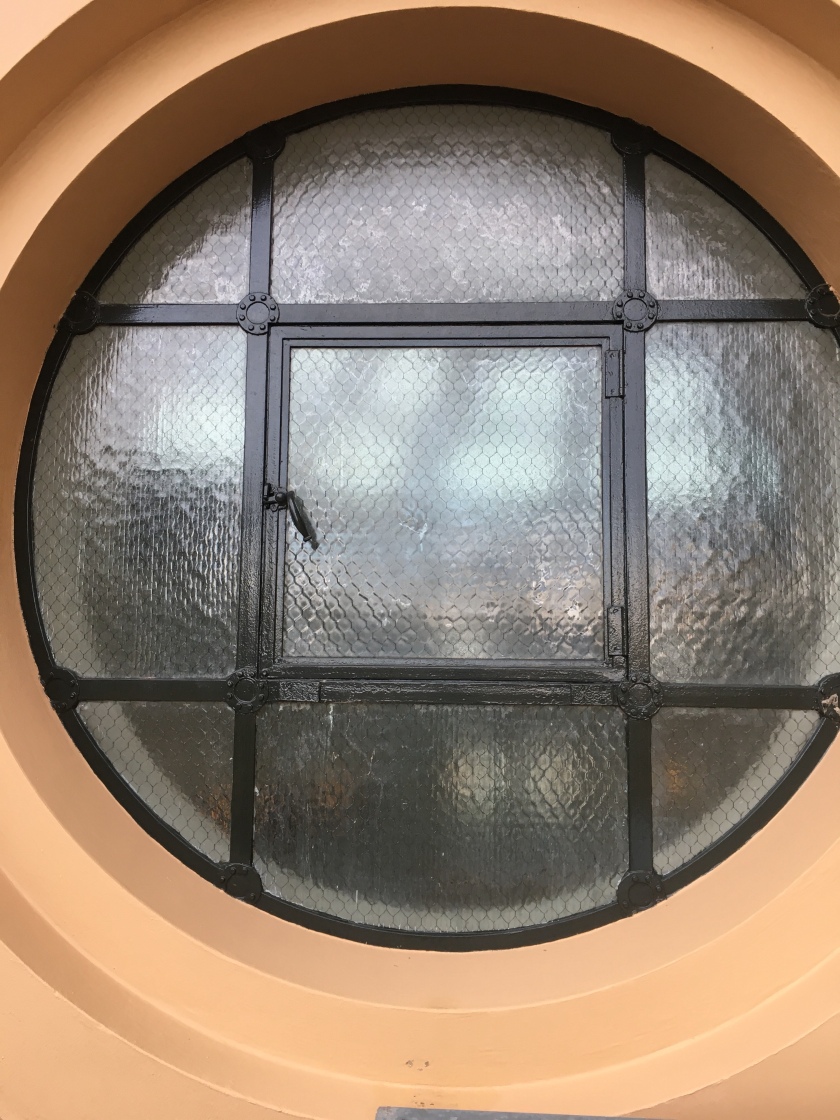
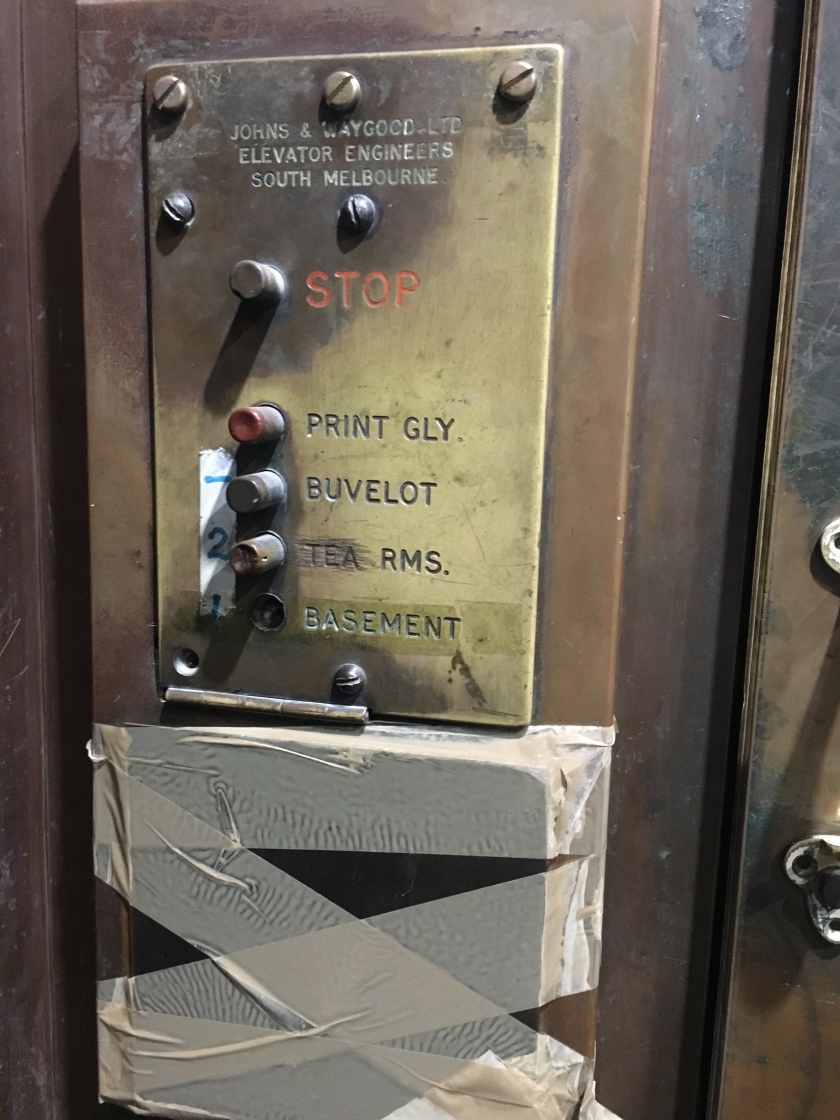
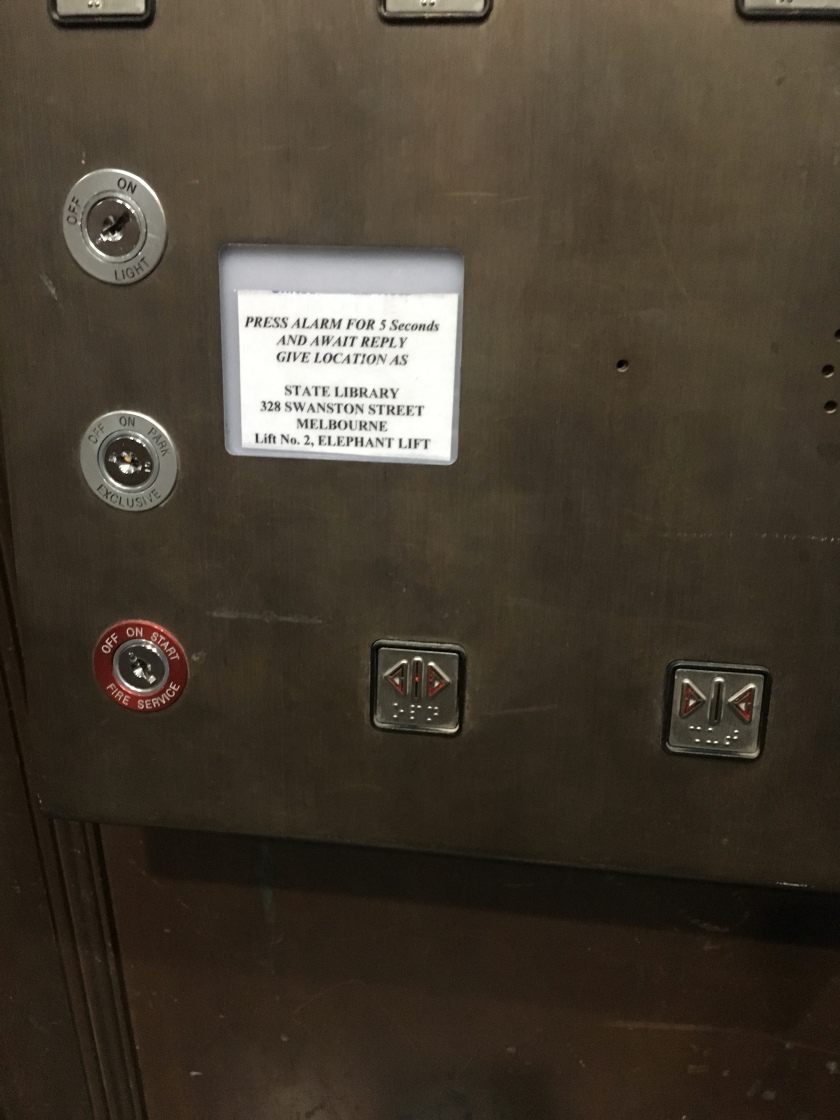

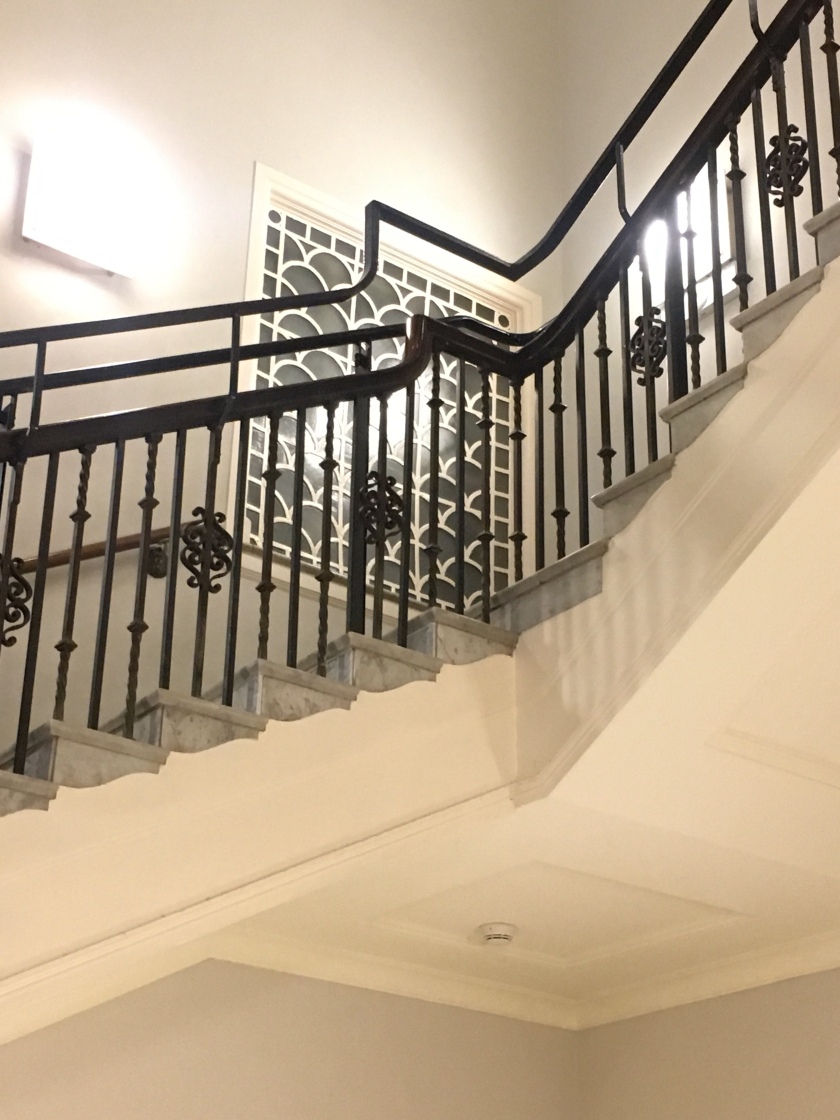

Tonight I was supposed to be spending time with the third project but I could only think of the novel-in-progress, of one character in particular who keeps reinventing himself every time I want to write something new. All his ways of speaking, his voice the only thing I’m capable of writing at the moment. He never leaves me.
Better to leave words before they get you down. There was only one thing to do: I went into the night, went to find the things the corner of my eye might hold onto the longest, hoped some pattern would emerge so I could find my way back to the project/task at hand, tune into a voice I hadn’t been able to find for a few weeks.
After 30 minutes, a pattern: light and window, people living just beyond eyesight. The way dark leads you to memory and repetition. That’s when I heard the woman’s voice, the character that has evaded me for weeks. She was back. And she was thinking in memory, was living in them, had been lost in them. She was in the dark. It’s where she had been all along: I just hadn’t thought to look for her there. I realised in that moment that I don’t know this character half as well as I thought I did. My reasoning: if I did, I would’ve known where she’d been hiding…
I think about memory a lot, all the preoccupations I have with it when it comes to my own work. Always memory: either the loss of it or the repetition of one signifying moment over and over. Lately I have been trying to remember certain moments of my life but here’s nothing but blank space. Why is this? Why can’t I remember half my life at age sixteen but remember age five vividly?
Is there something about the third project that will help me unlock those blank spaces? Or am I just creatively tired and need a day off from writing? Sometimes I suspect I should only work on one project at a time…
The walk didn’t bring me any closer to a resolution for these question but a new path for the third project became clearer. And when I came home I reached for three books, opened pages randomly and somehow found passages that fit the pattern I’m trying to make:
“Often he would lie there the long night through, sleeping not a wink and just scrabbling for hours on the sofa. Or he would embark on the strenuous task of pushing an armchair over to the window and then crawling up to the sill, where propped on the chair he would lean against the window-panes, evidently inspired by some recollection of that sense of freedom that looking out of the window used to give him.”
The Metamorphosis, Franz Kafka
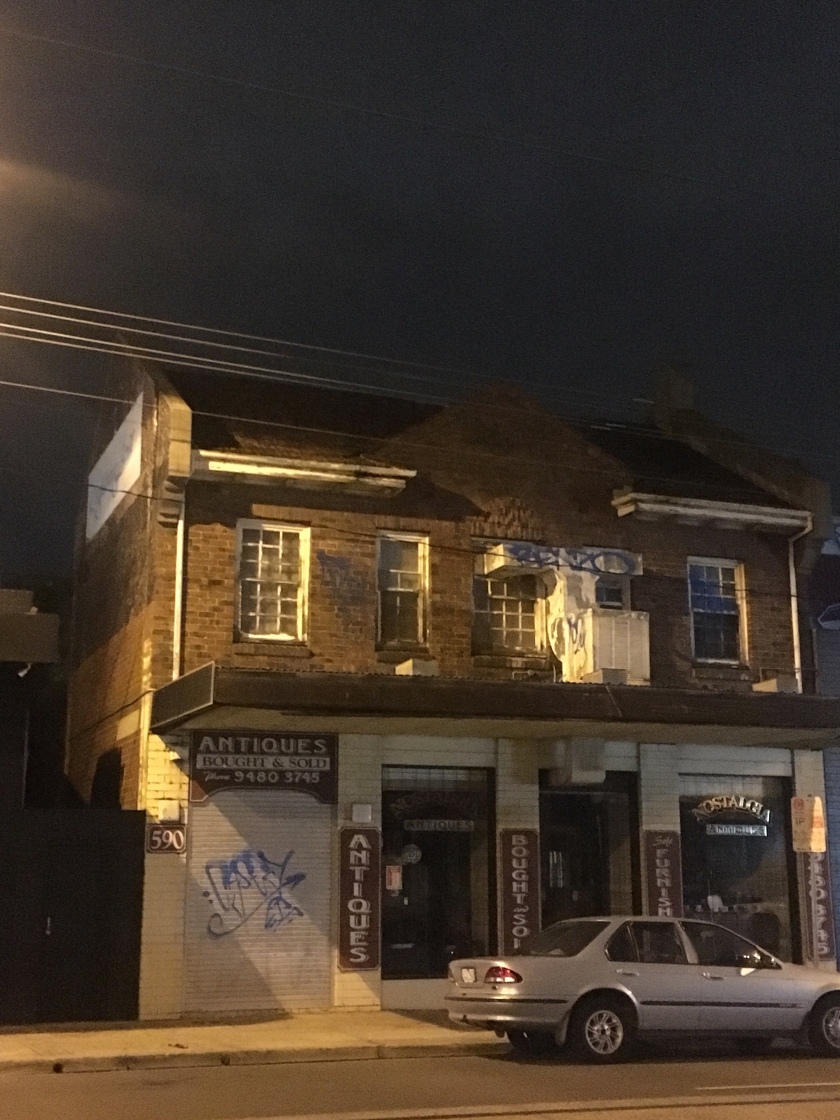


I slid into my memories. Or rather, the memories (at least so it seemed to me) rose higher and higher in some space outside myself, until, having reached a certain level, they overflowed from that space into me, like water over the top of a weir.
Vertigo, W.G. Sebald
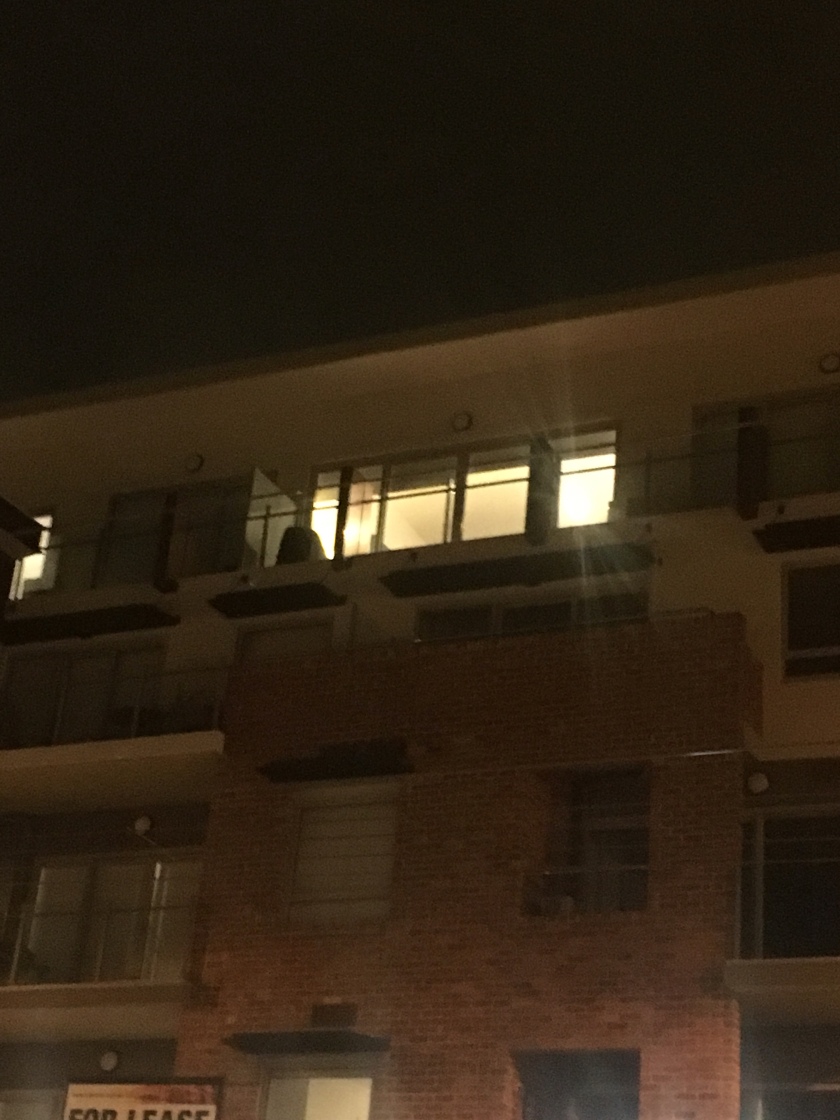
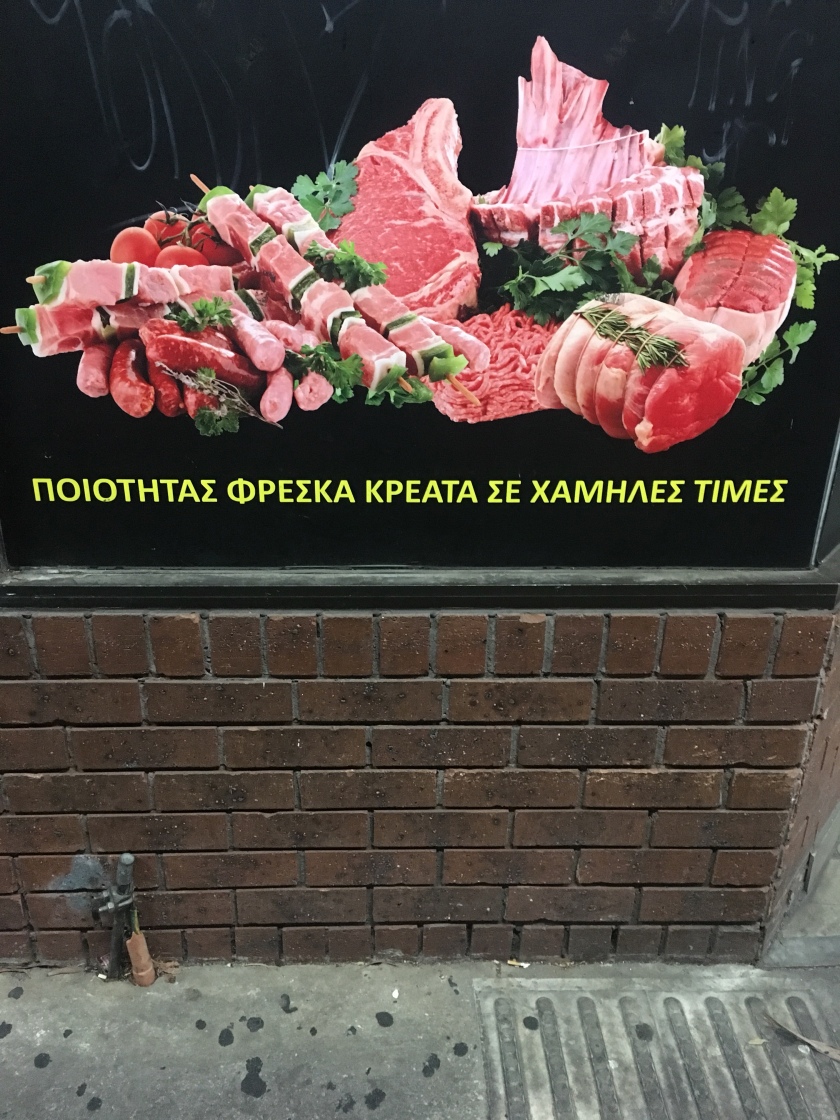




“Time,” says Jorge Luis Borges, “is the substance I am made of. Time is a river that carries me away, but I am the river.” Our movements, our actions, are extended in time, as are our perceptions, our thoughts, the contents of consciousness. We live in time, we organise time, we are time creatures through and through. But is the time we live in, or live by, continuous like Borge’s river? Or is it more comparable to a succession of discrete moments, like beads on a string?
The River of Consciousness, Oliver Sacks

I was on a writing retreat at Varuna attempting to finish another draft of the manuscript that would go on to become See What I Have Done when day four arrived and I lost the will to write another word from Lizzie’s point of view.
I still had three days left of the retreat ahead of me. I needed a way to procrastinate without feeling guilt. One of the writer’s at the house was working on a short story collection and had told me, ‘Short stories are like the easiest thing to write.’ Sounds perfect, I thought. That’s exactly how I’m going to spend the rest of my time here at the house.
Here’s a tip I’d like to share with you about short stories: they’re not easy. They are their own art form and can take just as long to write as a novel. Sure, you could write a 3,000 word story in a single sitting but to get it right, to make it look like magic-ease takes drafting and time. They’re not for everyone. Hell knows they’re not for me. I’ve literally got one published short story to my name and that’s probably the extent of my career as a short story writer.
Let’s leave that moment at the retreat where it is for now and come to the future:
I am often asked where I get my ideas for writing and when I say I usually dream them, most find this unsatisfactory. And I don’t blame them: I sound like a complete wanker. But I think what people are really asking is how do you take small ideas or random thoughts and turn them into something sustainable for a short story or a novel or something else altogether?
It’s not easy to answer this question. Every writer I know has a different process but I think it’s safe to say that a guiding point of reference for all of us is that we cling to the ideas that are utterly irresistible, that speak to us on a particular level. Basically: write the ideas and stories that you are passionate about.
As I’ve said before, most of my best work happens when I sleep. But this is a fraction of the truth. Most of the time I’m observing everything around me, listening to stranger’s conversations, reading newspapers, going to a gallery or museum, looking at old photographs, sitting in nature…just waiting for a little spark that I think I might be able to use for something.
The most obvious and shortest example I can show you is how I came to write my short story, The Dolphin. And so now we need to go back to the Varuna, back to the day I decided to try my hand at a short story.
A few months before I went to Varuna I had dreamt about a woman driving to the Blue Mountains with a decomposing baby in the back seat of her car (sound familiar? That’s right, the second novel). The only thing I really knew about this woman was her name, Eleanor, and that she was in her twenties during the early 1970s. Then I went on retreat. At that stage of my life I’d begun having thoughts about becoming a parent, wondered what that might be like even if I only experienced it once. I’d always loved children but was never overtly maternal, never grew up desperately wanting to have children of my own.
So I tried my hand and around this time experienced the first of many miscarriages that would occur over the next few years. Given my body’s inability to accept a pregnancy, it was natural I began thinking about the role of parents, the role of children, especially as I was writing about a dysfunctional family. Then I started thinking about the dream I’d had and what that might mean on a psychoanalytical level. The first thing that occurred to me was that the dream was probably about the anxieties of parenthood. I won’t bore you with the other revelations I had (no, no. Instead you can read all about it in book two. I know, I’m very generous like that) but suffice to say these were the background thoughts I had while at Varuna.
On the day I could no longer write Lizzie I went into town to a bookstore. And I found this gem:

I absolutely adore shit like this and often spend hours and hours flicking through them partially out of curiosity, mostly looking for something that might spark a narrative idea. I didn’t even open the book. I bought it sight unseen. My gut instinct told me that between those pages was my short story.
Back in my room at Varuna I randomly flicked the pages, stopped to take in the photos from the 1930s to ’50s. I then closed my eyes and flicked once more. I opened to see this photo:

I was completely taken by the image, not least because this was taken a few years after WW2 and the image of a smiling woman with a breathing apparatus reminiscent of gas masks worn in war painted a disturbing image and feeling in my mind. And that’s when I thought of my dream, of Eleanor. I started writing what I saw in the photo and as I sketched the image out, tried to give a reason why this woman would be at the beach with this apparatus, I realised that she was deeply unhappy. And she also had a secret. Over the next three days I wrote a rough draft of The Dolphin and had a kernel of something bigger: a woman in an unhappy marriage goes on her annual summer holiday with her friends and husband only to commit suicide later on.
I knew after the first draft that on its own, this wasn’t a very interesting story. And yet. I couldn’t stop thinking about this woman who I’d named Eleanor and her husband, Braun. I didn’t know it then but this was the first version of two characters who would never leave me and would end up in my second novel years and years later.
After the retreat I went home and started draft two. I began thinking about why Eleanor had such an unhappy marriage and wondered if she’d ever tried to leave it. A few weeks later I was pregnant again and again I miscarried. Then I heard a woman’s voice in my head whisper, ‘You’re lucky you got out of that.’ It was Eleanor. In that moment I knew more about her and her story than I had before: she’d been coaxed into being a mother and then one day she’d decided she no longer would be one.
It took months of drafts to develop the story, to invent a world that felt complete and true for this character but I was completely obsessed with Eleanor and this situation and I would keep going until I had it right. Unfortunately I had no idea how to write a short story, so each draft was also a discovery of how to tell a story, the patterns you could use and so on.
A year after the initial idea, I had finished The Dolphin. It remains one of the most difficult things I’ve ever attempted to write.
So to go back to the question, ‘Where do you get your ideas?’
Well once I had a dream, found a photography book, had a miscarriage and thought about what it might be like to be a parent, to live in a world that might require you to need a breathing apparatus.
You can read an extract of that story here:
Eleanor, dressed in her bathing suit, appeared taller than she was. The beachgoers had laid her flat on the short blades of grass by the side of sand dunes and waited. They watched her. They did nothing. Her face might have been considered pretty if it wasn’t for her swollen cheeks and bruised skin. A time passed. They continued to wait and watch, and eventually they realised she was dead. By her side was a mask with a long rubber hose connected to an oversized bag, which could fit easily over one’s shoulder. The rubber hose was wrapped around Eleanor’s bony shoulders; attempts at strangulation. Everyone on the beach had one: the entire length of sand was lined with men and women lying in the sun, skin cooked or raw, their faces buried behind their masks, hoses running the length of their middle-aged bodies. They called the contraption The Dolphin: a new era in personal life-saving and fresh-air apparatus. Everyone had one. This was summer living.
The day before Eleanor died she had spent the afternoon drinking cocktails with her friends. They all wore The Dolphin. It clashed nicely with their red sundresses. They said to each other, ‘I am so glad that we decided to bring them. Don’t you find it’s been getting harder to breathe?’ and they all agreed. Especially Eleanor. She had worn The Dolphin all summer. Her husband, Braun, had bought it for her. If Eleanor had been honest, and she knew she shouldn’t be, she would have admitted to the others that The Dolphin hadn’t helped at all. It had only made breathing worse.
The group of friends had stopped telling the truth a few years ago.
They were drinking Old Fashioneds. They liked Old Fashioneds. They were drinking Old Fashioneds wearing The Dolphin, enjoying themselves. They sat around the table and watched each other through masks. They always came to this beach for summer. Their husbands were around somewhere. If she was being honest, and she knew she shouldn’t be, she would tell her friends that she was more than happy that Braun left her alone. She had gotten used to it. The friends had done everything together the last few years and sometimes it felt like they were the same person. They looked around the table at each other, sipped and smiled. The afternoon moved slowly. Eleanor looked at her watch. Conversations were had but were unimportant. They had all become unimportant. Eleanor was tired of them.
After a time a waiter came to the table with another Old Fashioned and smiled.
‘Oh goody,’ they said as he placed the glass on the table. They looked around the table and admired each other.
‘You’re wonderful. And you’re wonderful.’
‘Oh goody.’
Nothing was better than a compliment. They sipped.
‘This has turned out to be a delightful afternoon.’
‘Oh yes, very delightful.’
Eleanor looked at her watch. She let herself think of the end.
Later that afternoon, the friends decided to take a walk along the beach. Arms linked, they walked slowly and spoke of their respective daughters, Chelsea.
‘Chelsea did well in the swimming competition.’
‘Chelsea always does well in swimming.’
‘Chelsea is taking ballet classes this summer.’
‘Chelsea will be good at ballet.’
‘Chelsea is growing up so quickly.’
‘We’re all proud of Chelsea.’
Chelsea had become a problem for Eleanor. If she was being honest, and she knew she shouldn’t be, Eleanor would have admitted that daughter Chelsea was suffocating her. Just like the last time.
After the walk Eleanor went back to her room leaving the women behind her. It was quiet. Braun was nowhere to be seen. She sat on the bed and removed The Dolphin from her face and held it in her hands. She tapped the plastic visor. It made a shallow sound. She held the rubber hose up to her ear and listened closely for the hiss of oxygen but nothing came. The room was very quiet. Eleanor’s arms lowered and her shoulders sank. Her breathing was laboured. She let herself think about the past week. Then she let herself think about the past year. The past two years. All the years before that. Now that she was alone she realised that she hated it all. Most of all she hated the other women. She felt the Old Fashioneds swim through her blood. She hated that, too.
When Eleanor was young her mother had told her that hate was a strong word to be used sparingly. Eleanor agreed. It was a strong word. It perfectly described how she felt about her life. Eleanor wasn’t sure what exactly she hated the most. She thought. She thought that perhaps she had gotten her feelings wrong, that it was dissatisfaction that she felt. Braun would say she was dissatisfied. Chelsea would say that she was dissatisfied. Chelsea would say anything. Chelsea had died when she was very small.
Eleanor thought. She was right. It was definitely hate.
The wonderful people at Overland published this story in journal #207 which is also online as archive. The rest of the story can be read over there
Another night of tracing paths for my characters: They walk, I walk. They live in shadows, I follow. And so. Here are the walks that are building a novel. Some are based in Melbourne, other scenes are character ‘memories’ of European cities. I don’t always like to give away too much of the interior of a work-in-progress but these are some of the images I’ve been staring at every day.
Melbourne: 8:35 pm, Monday 19 February 2018
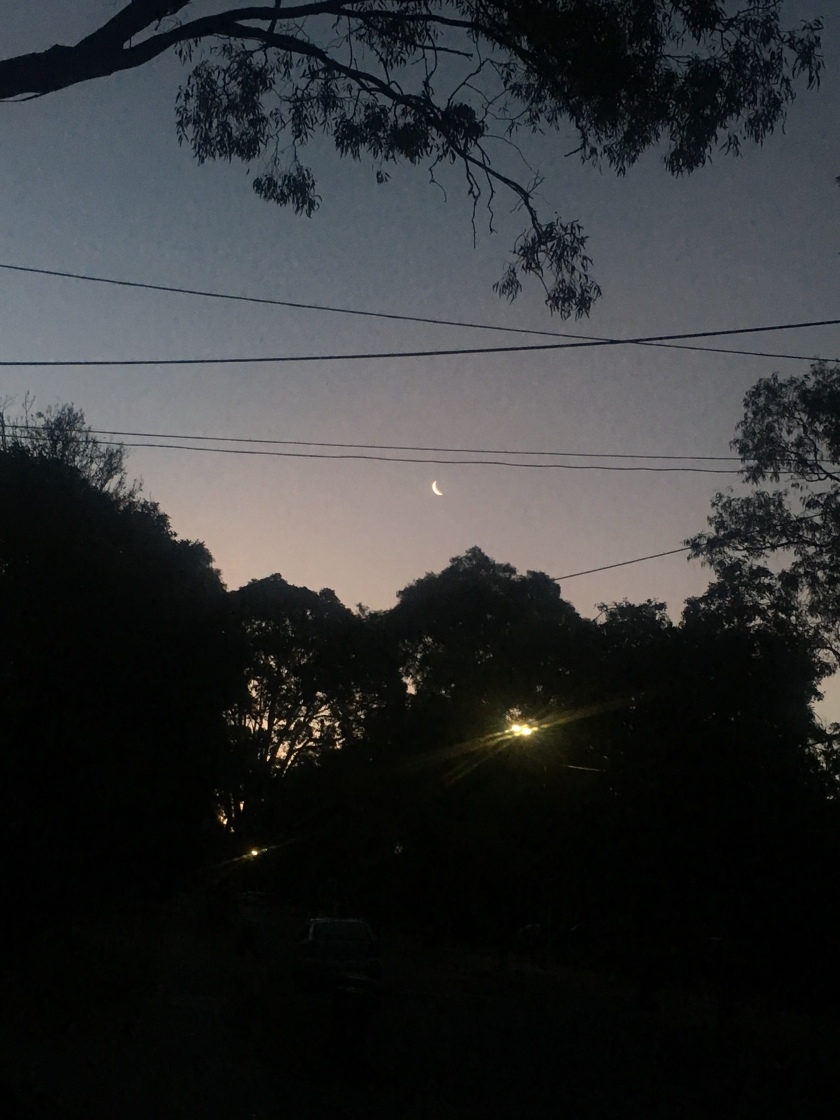
Prague: 3pm, 12 January 2018
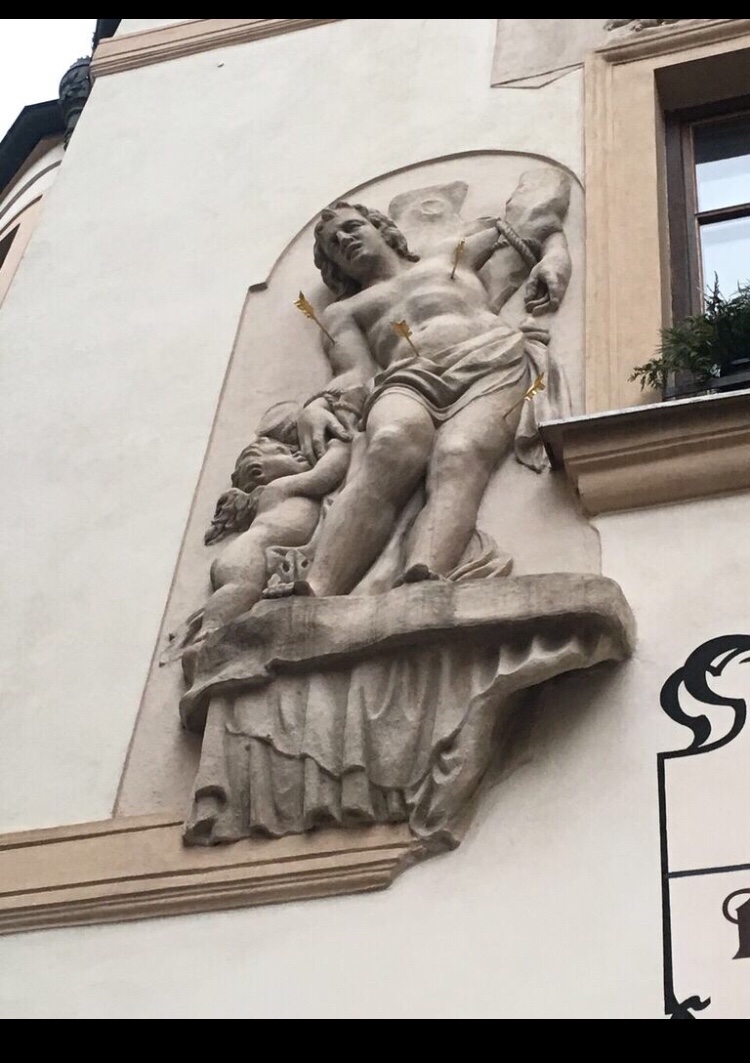
Leipzig: 5 pm, January 2018

Berlin: close to 3:30 pm, January 2018

Berlin: the day before, 10 am. January 2018

Leipzig: 10 am, 2 January 2018

Melbourne: late afternoon, September 2017
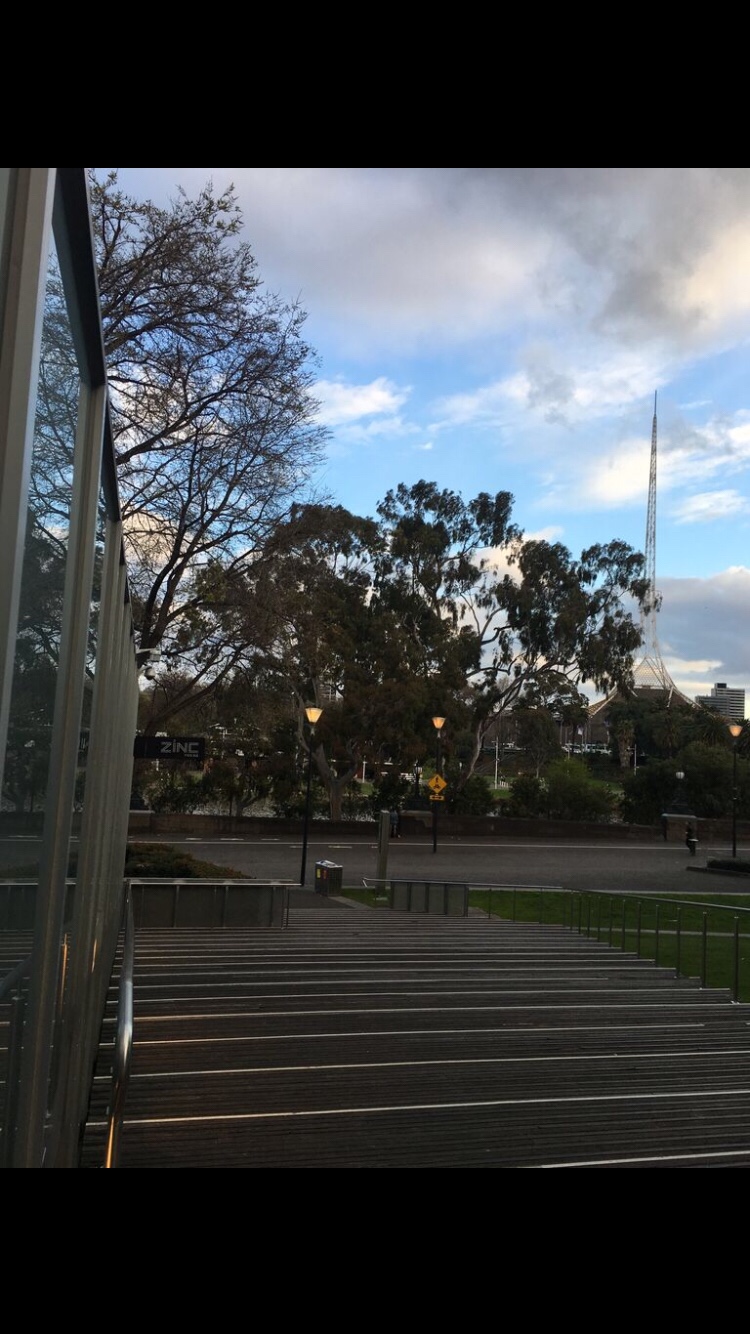
Melbourne: mid morning, June 2017

Melbourne: late night, my house. Probably June, 2017

Melbourne: early morning, storm warning. My house, approx June 2017
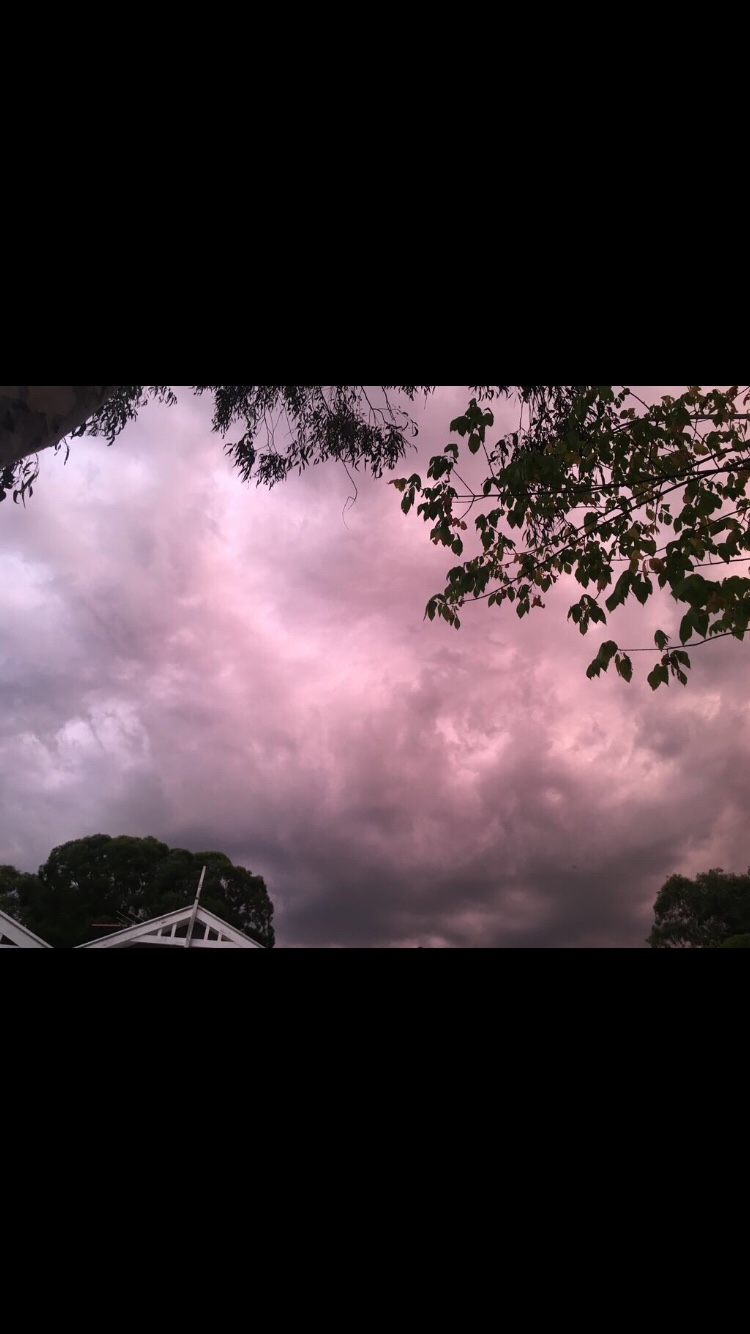
On the way to Canberra, toward a mountain: probably noon, early January 2017.
And this road. This road is Eleanor
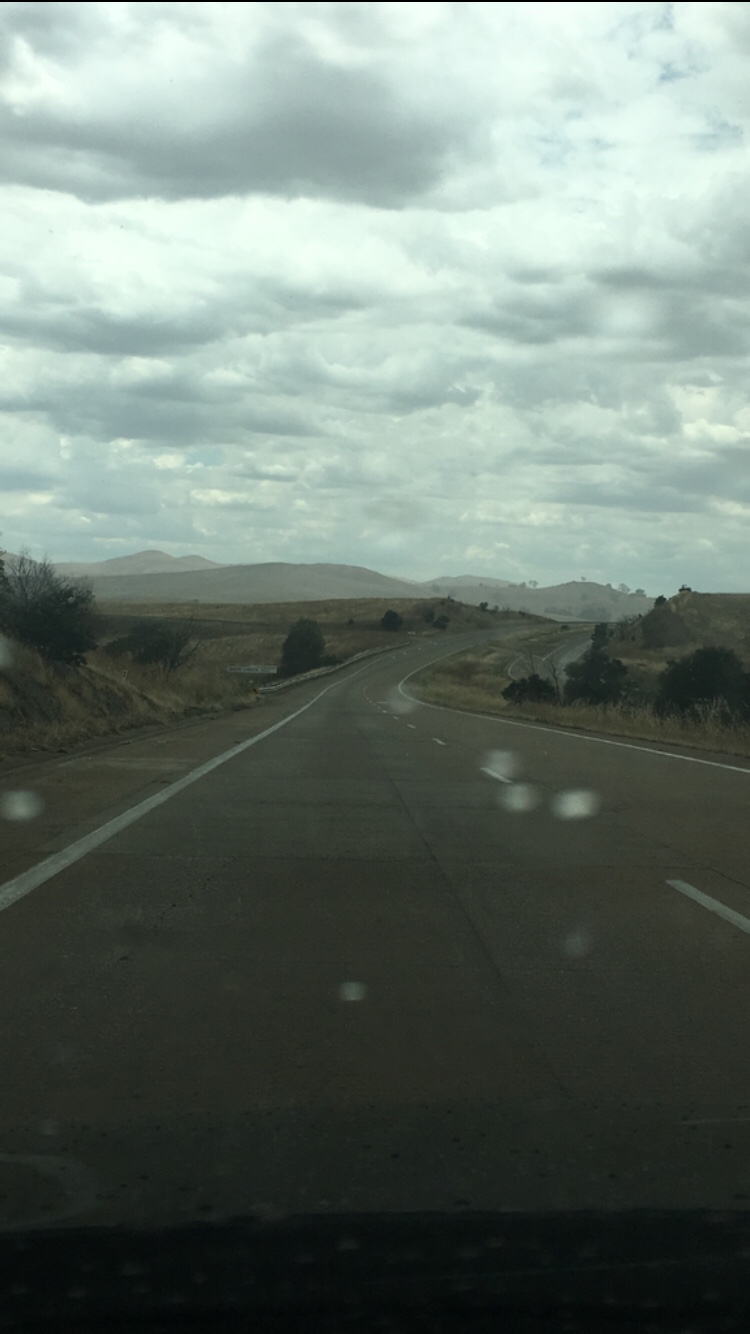
I’ve been walking through the old hospital again, been imagining George and all the other men, those lumps of flesh and memory, sitting under verandas, under trees, under beds, under, under. This walk I’ve done again and again since the second novel began, these same buildings, same gardens. Nothing new to look at. There’s a section of the hospital around the back that always compels me to stop. I’ve never been able to figure out what it is exactly that I’m drawn to, only that when I’m there, I see images of men jumping from the roof, images of horses hoofing dirt. And I know on some level that images like these make the stitch of the novel. I revisit this spot because it allows me to build image into character, into narrative. But lately I’ve wondered whether something else draws me here, something I haven’t yet unlocked in the novel.
I have been walking through the old hospital again, to the back of buildings. The scenery hadn’t changed. And yet. Something different. I stood, imagined men jump, horse hoof, and right at that moment I felt something inside me click into place. It happened when I was staring at this:
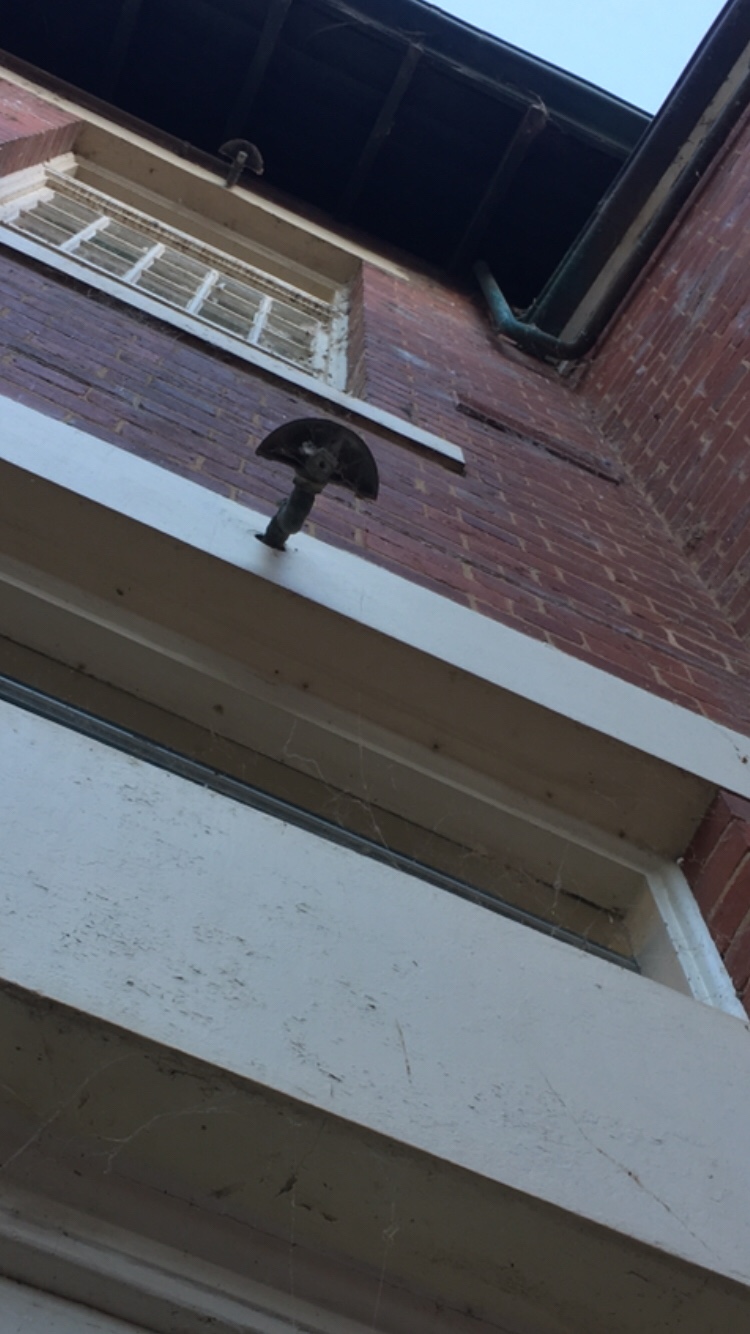
These lights without globes. Sun without heat. Here was something!
I looked closer:

Those dirt-lace cobwebs. Flies; a meal.
Closer still:

That feeling of eye to eye, of moving closer, of wanting to reach inward.
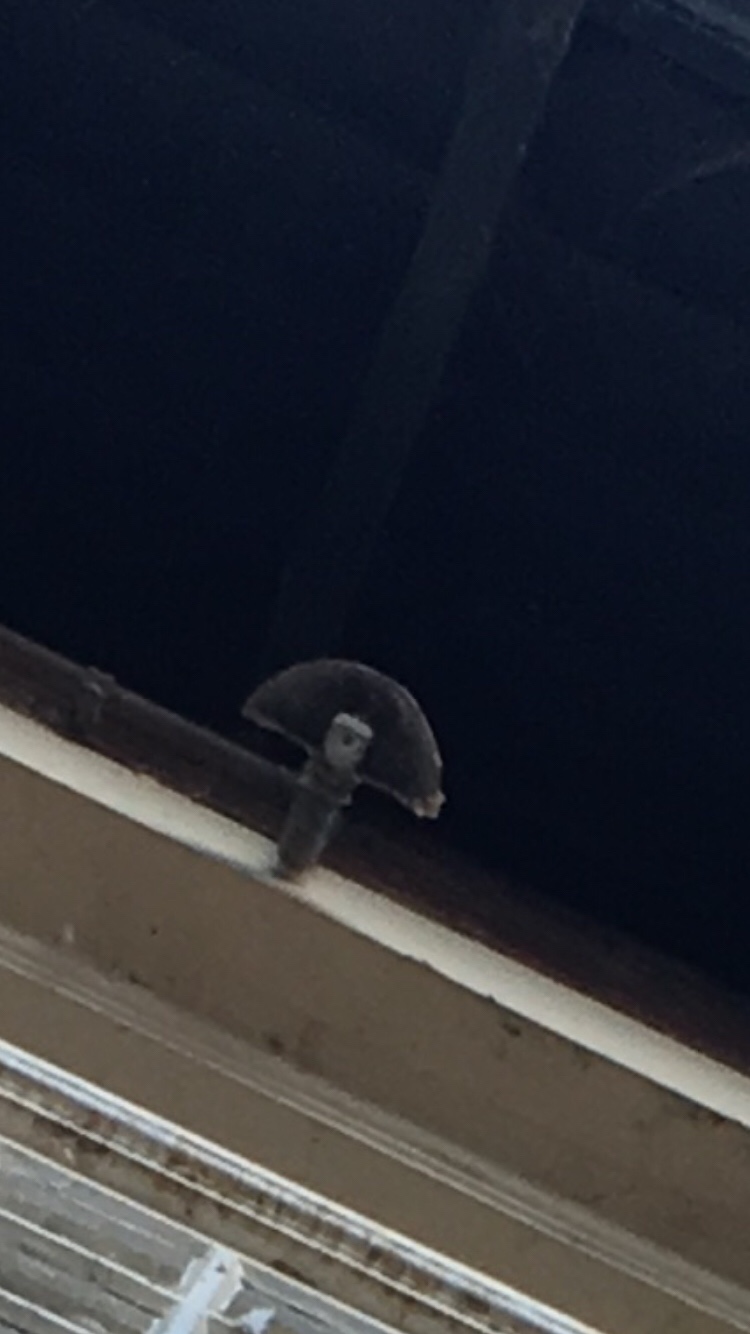
And then I felt it. Structure. A way of developing this novel’s point of view. It had been there all along. Was this why I always stopped at this point? Is this why repetition is so important to me, all these rituals?
I now have something even more tangible to work with. The structure is right there in image. Why does it take so long to understand what the novel needs? Why can’t I think quick enough? Why is it so difficult to arrive at something that now seems so obvious? What else is yet to be discovered?
I’ll keep walking, keep revisiting. Persist.
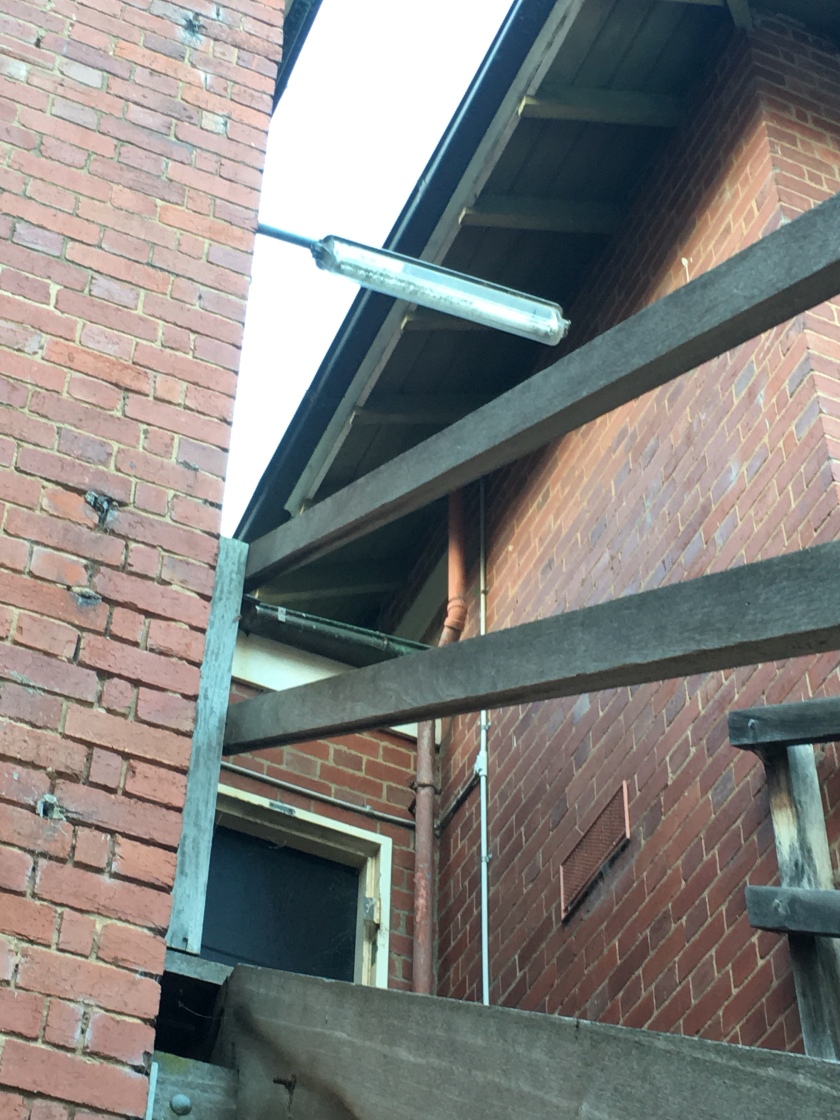


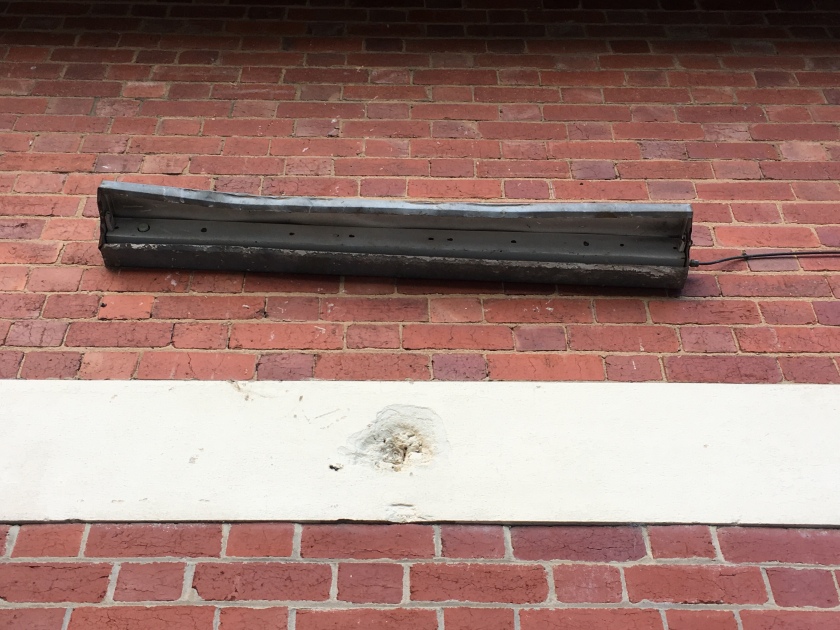
To accompany my last post (Photo Reel Night) here’s a playlist of songs I most listened to on holiday (and continue to do so).
By the end of 2017 I was creatively and mentally exhausted and beginning to hate the second novel, all that stagnation. Then I briefly left Melbourne on holiday and took mediocre photos of things I found interesting, whispered in my ear. For the first time in a long time I didn’t write a single word while I was away. I simply walked, explored, thought, let myself give into all feeling and emotion, stayed silent as much as possible. And then I returned home.
I now have the hauntings of future work somewhere in the back of my mind.
Suffer my (very selected) holiday photo reel:
Photo 1: my favourite holiday photo
Morning. That cold, made heart burn. I walked further into the forest to make warmth from blood movement. The sound of unknown birds, of old-bone tree limbs stretching. The wind, the wind. I made eye contact with the top of trees, saw X-Ray lungs, a cancer. Reminded myself that I am just another human on the continuum of a spinning planet. I kept walking.

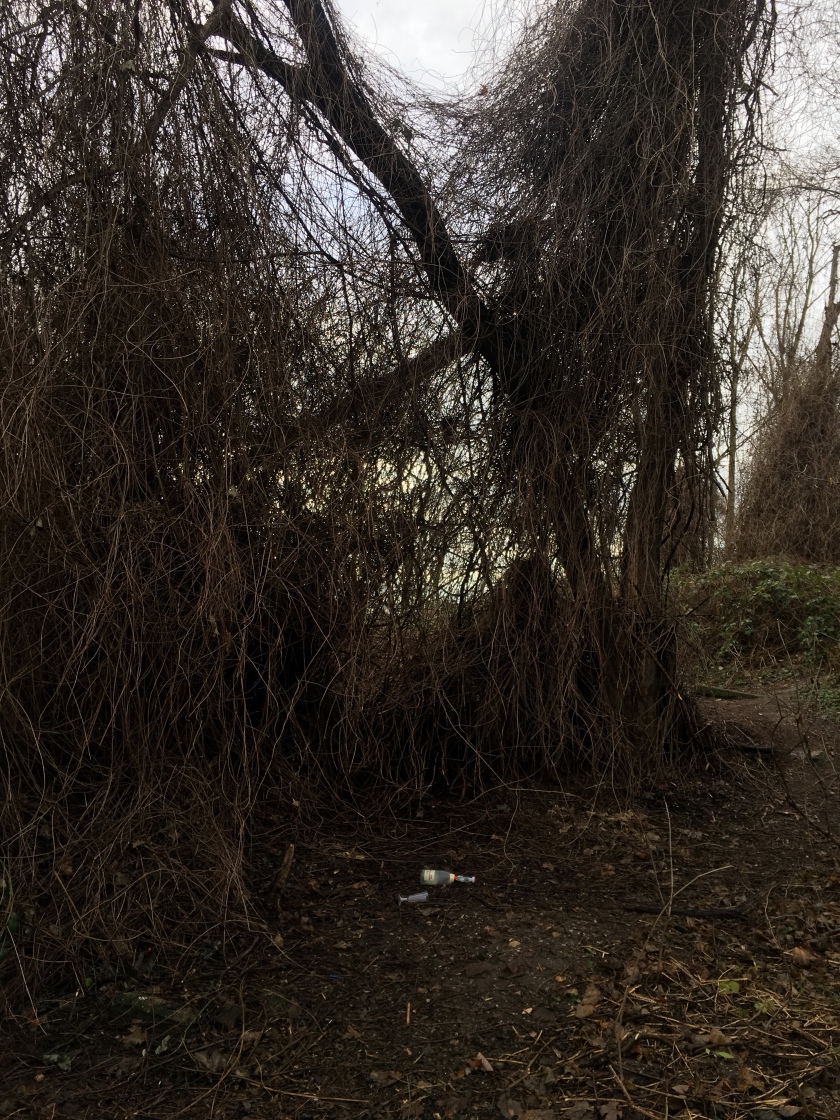

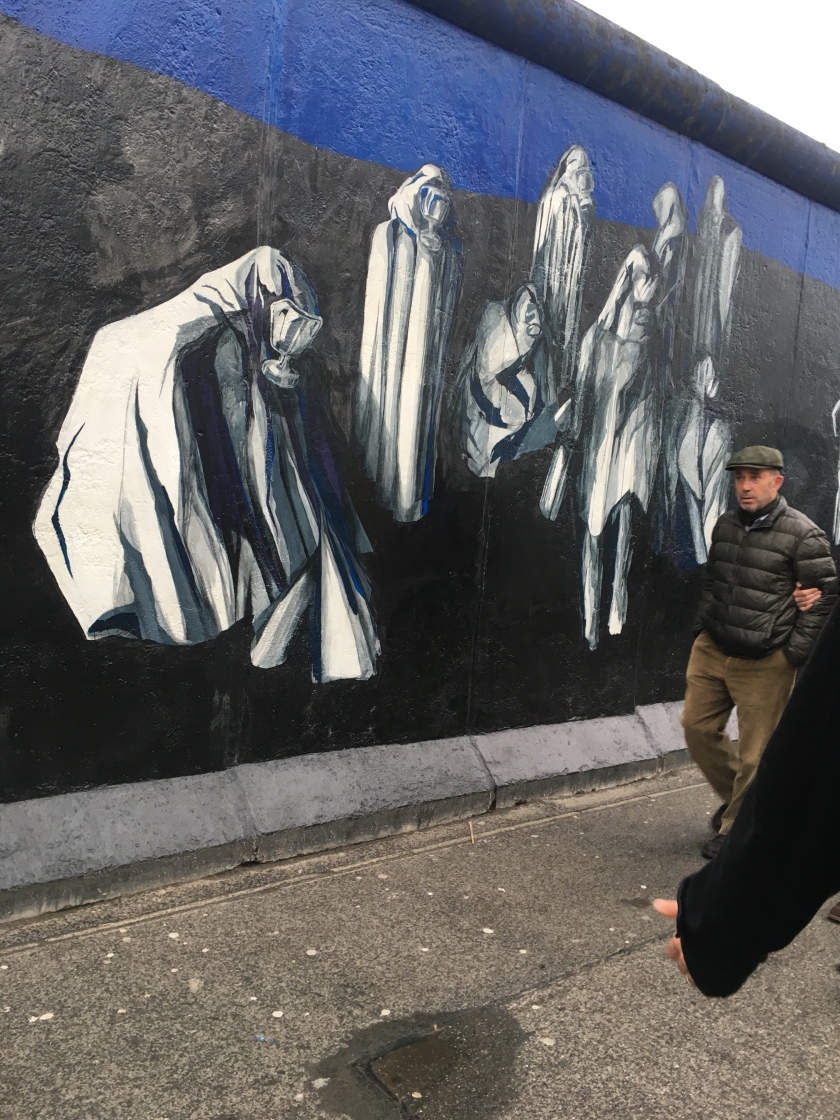
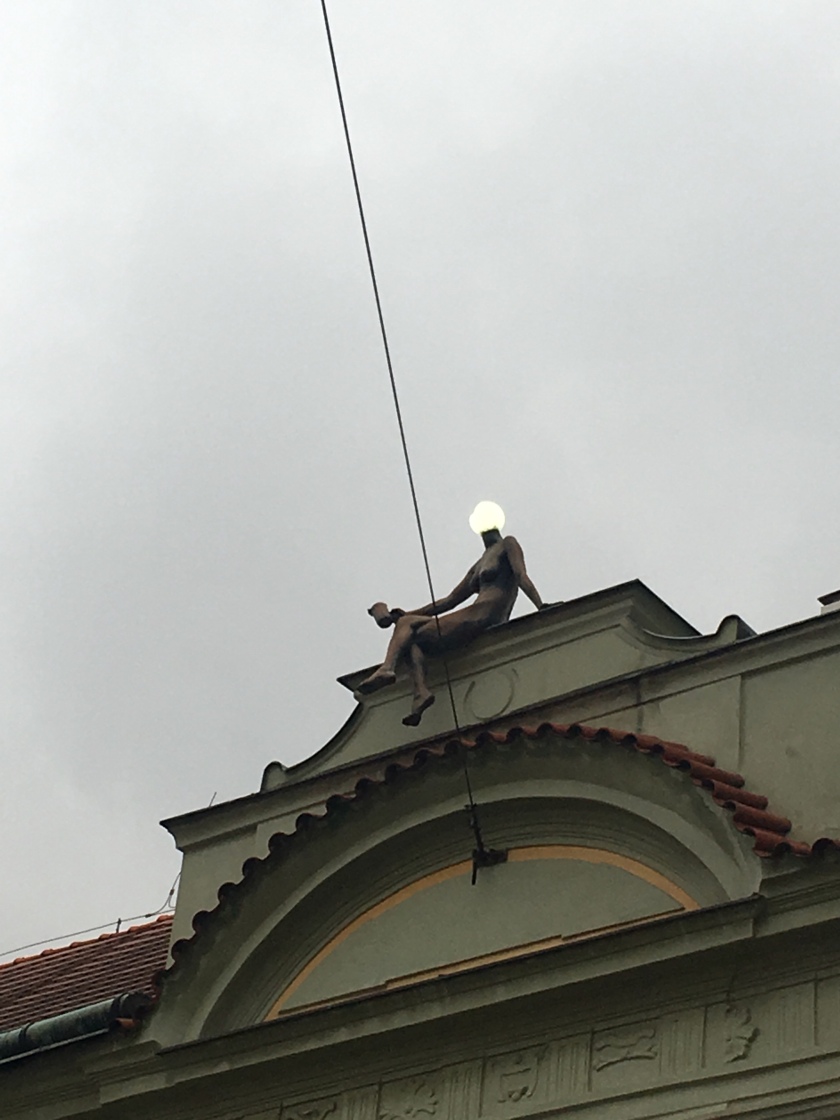
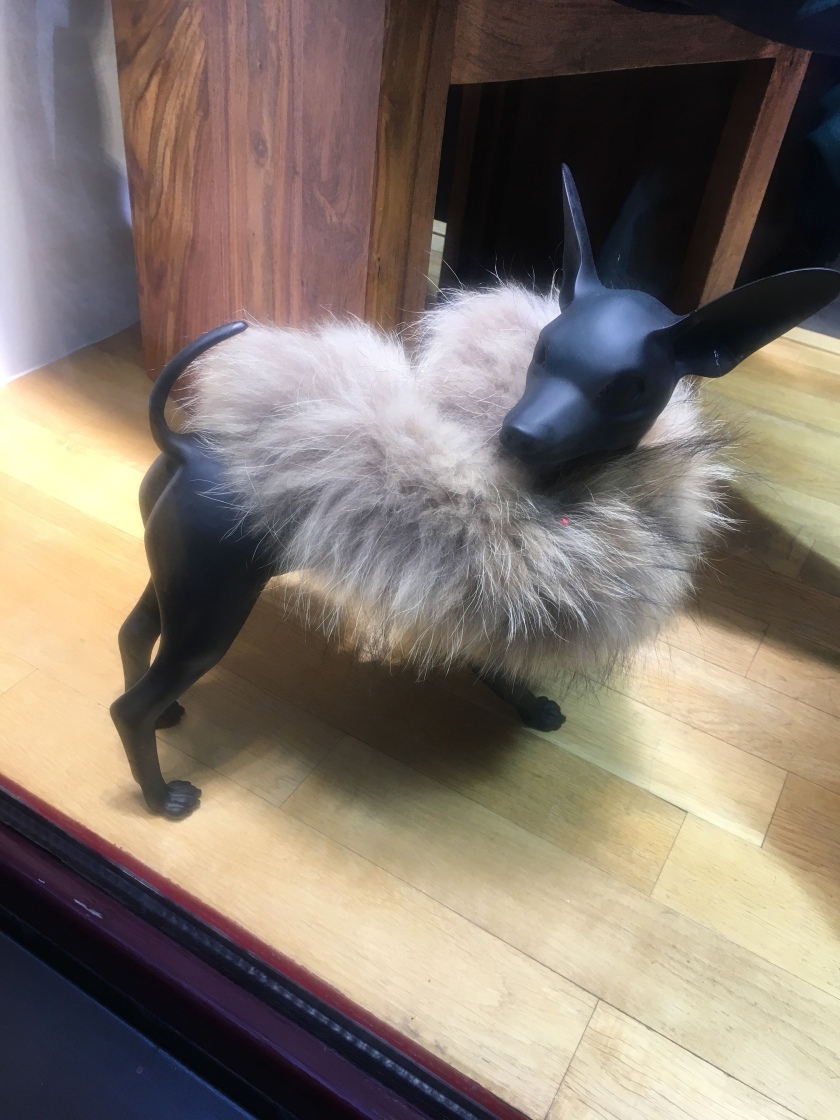

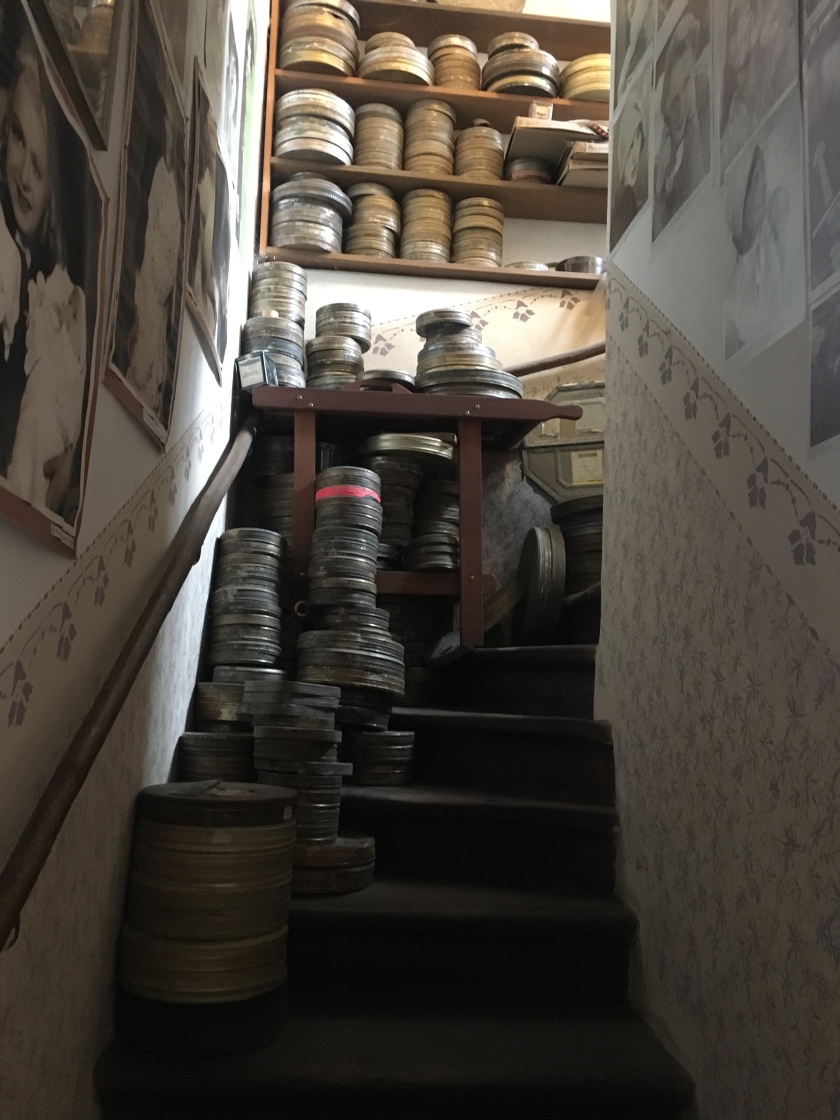
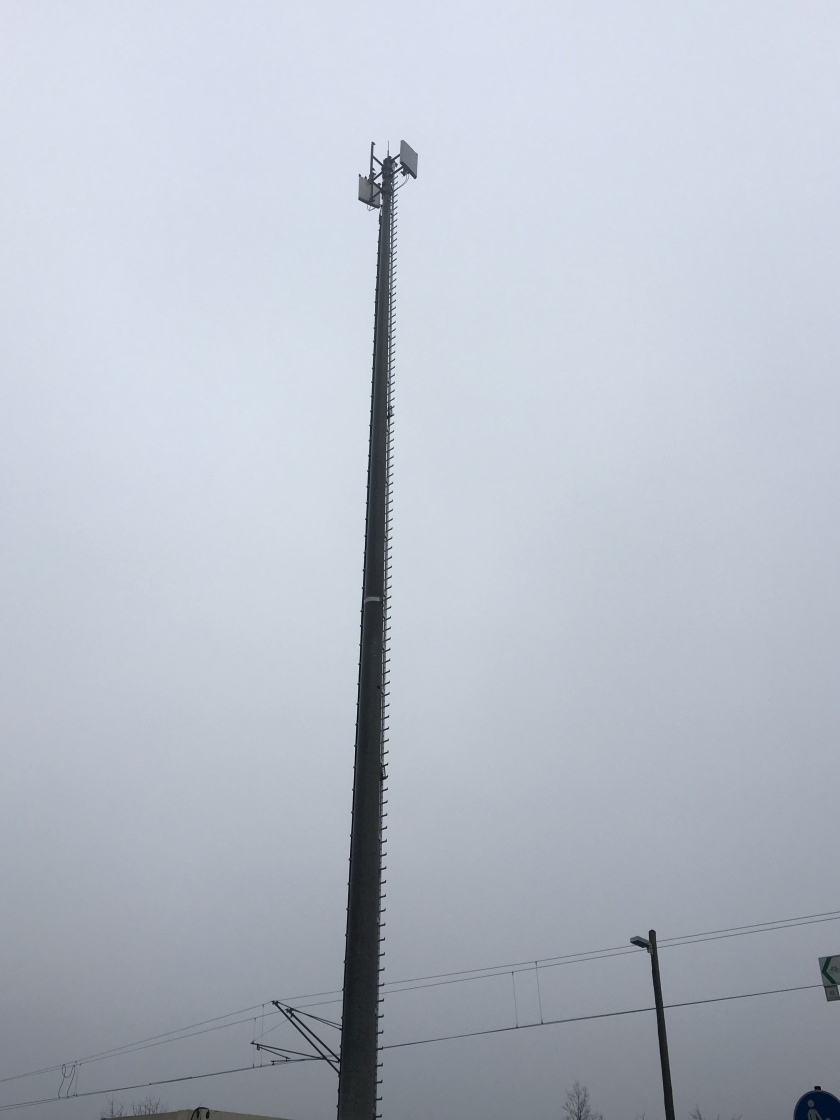
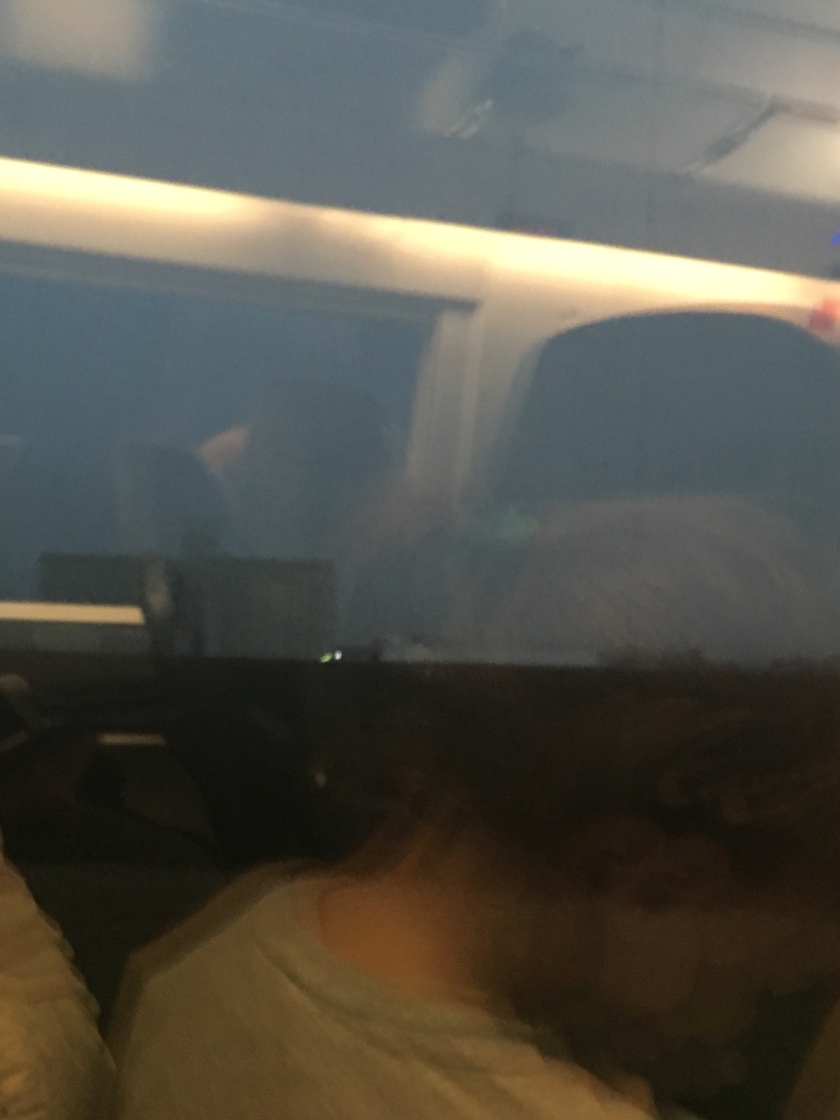
If I don’t dream I cannot write. All that is me, from page to skin, that is the best, the worst, the ludicrous and irrational, the patient and accepting, the being that has the ability to form her own creative truth, lives inside dreams. I have known this from an early age and I simply accepted that was where all stories, the entire self, were stored: we just have to be vulnerable in sleep to find it all. We have to be open to what could happen.
But as I got older I realised not everyone thinks this way and often when I would talk about my dreams, some so real and alive I knew they must exist in a future day, I’d watch the other person’s reaction, watch them process thoughts from ‘You’re crazy’ to ‘Blah blah blah blah.’ So you learn to keep these things to yourself, secretly search for others like you (and no I am not declaring myself as psychic. Go away)
See What I Have Done came to me in a dream. My novel-in-progress, Blue Mountain, came to me in a dream. I have caught glimpses of future books (though still unformed – they require more life experience and further sleep) and more recently I have dreamt other creative projects that wake me up at night, haunt me all day until I write something – anything – down. As I get further into a project I will dream scenes, characters, possibilities, textures of narrative, themes. It all feels so clear in those moments but when I wake it often feels like I’m chasing it all, can only catch the tail end of the perfect thing I had created in sleep.
Of course another explanation as to why I struggle on the page is that I have no idea what I’m doing (which is most times) and my skill set is not yet developed enough for the ambition of the book that wants to be written. But this thing – creative self doubt or genuinely striving to better your work and skill – is for another post.
But I have also learnt to distinguish between mundane, processing thought dreams from the guttural, intuitive dreams. The differences are enormous, especially if they’re recurring dreams.
I have many thoughts on dreaming and creativity, on sleeping (and what happens when you can’t sleep and how that effects creativity), on the wonders and benefits of physically walking and running through a novel, on collecting and accepting patterns but I need to give these ideas actual considered time (I know, it’s going to be amazing the day I churn those posts out) and moreover, there are other, better practiced people to steer you towards when it comes to ideas on creativity and dreaming and, and, and…
So here you go, here are a few people. I may or may not agree with them in totality but interesting nonetheless. I’ll have more for you later:
Welcome! I hope you enjoy reading about my varied experiences.
Jan Anton Garemijn
Uninspiration for the uninspired
Author Website
Jane Gleeson-White's blog about reading and writing books.